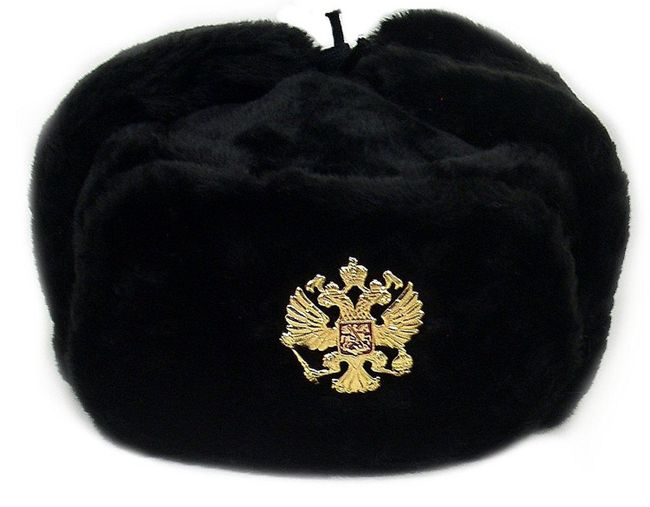Don Curry is causing a sensation in a museum
Objavljeno: 20.07.2019
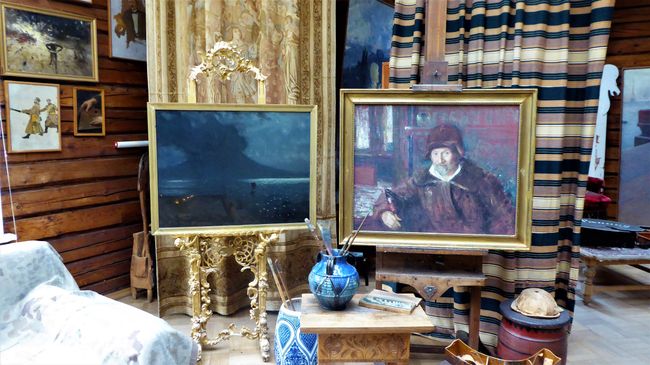
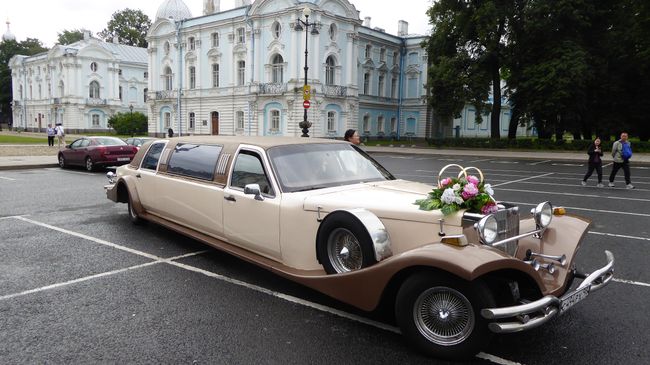
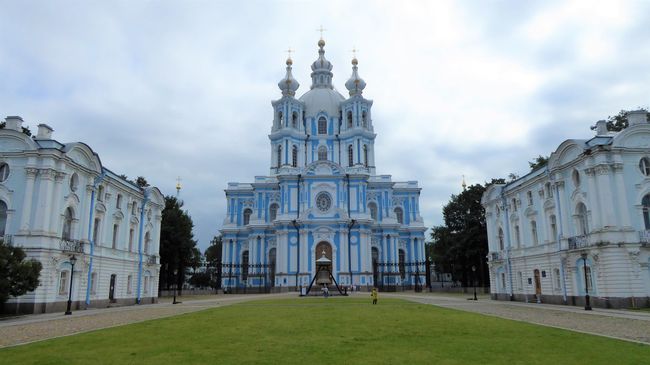
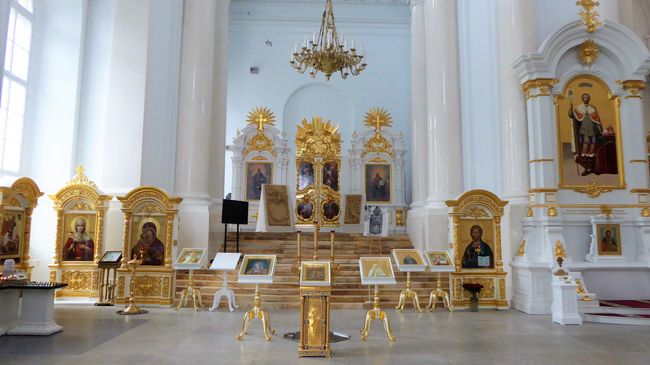
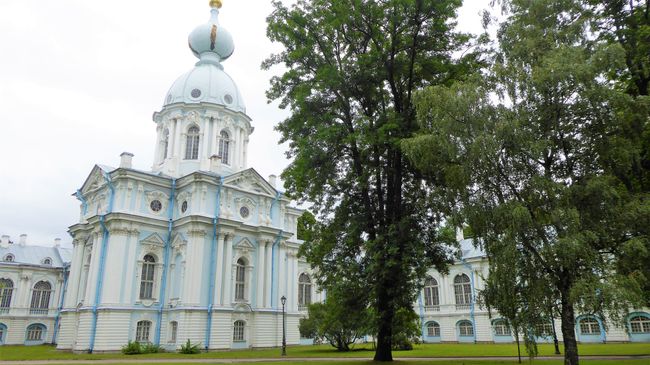
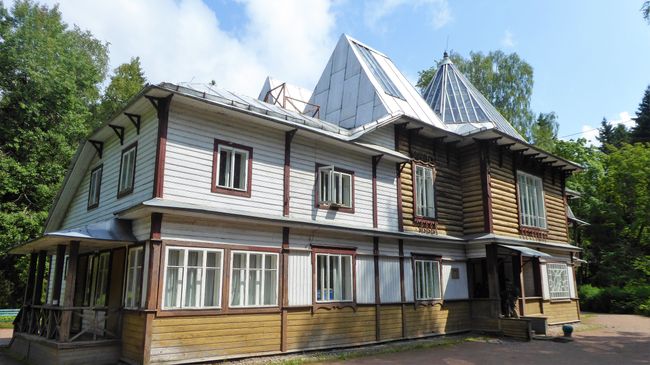
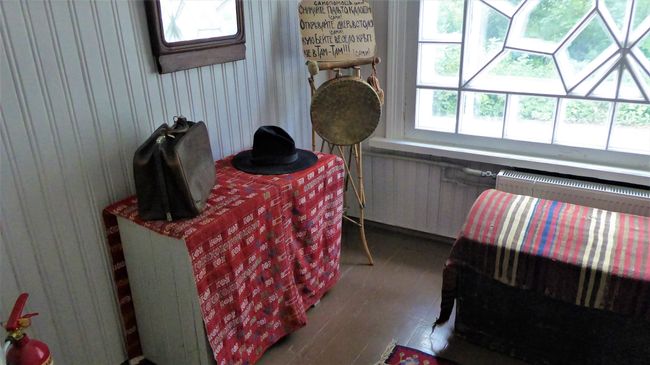
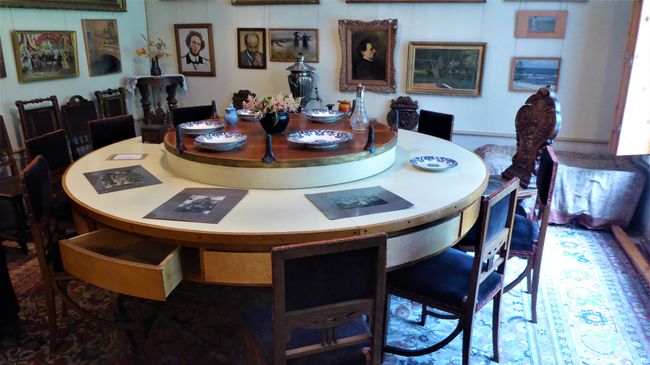
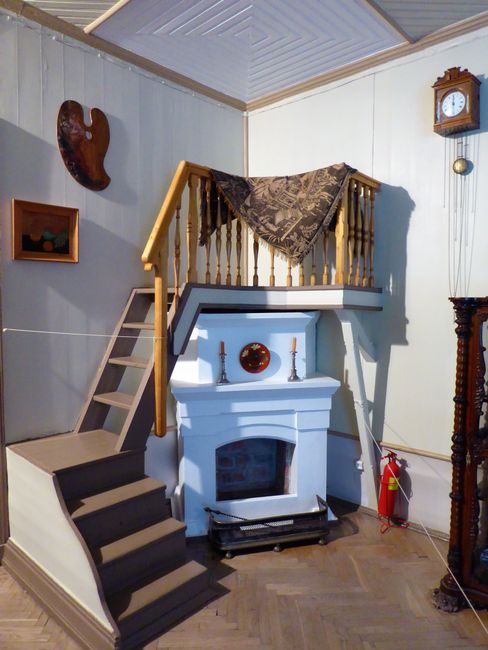
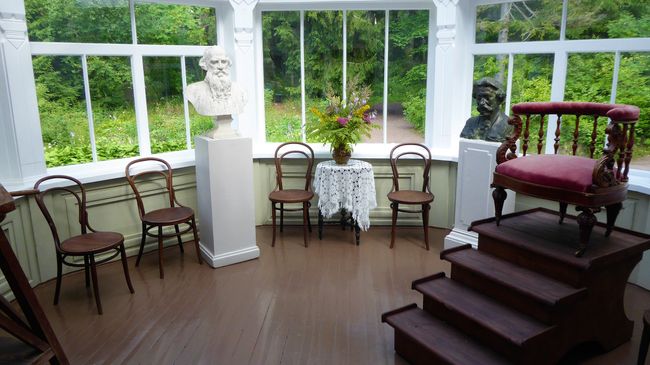
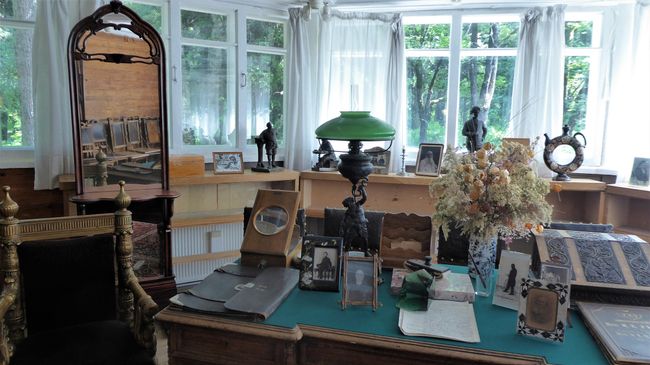
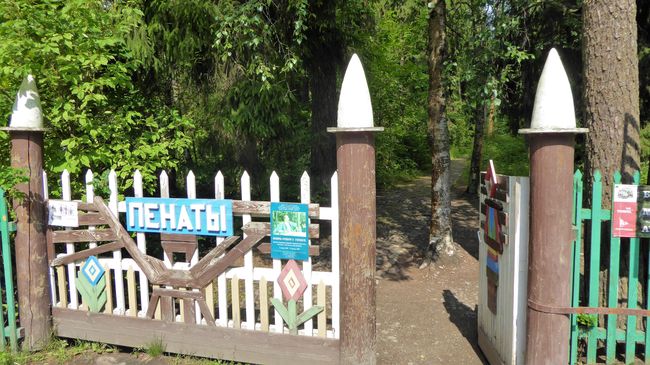
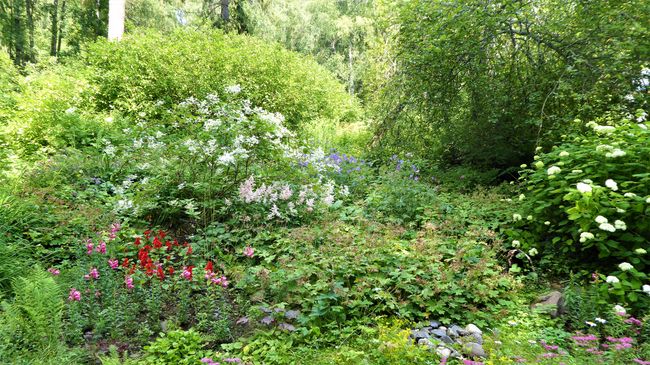
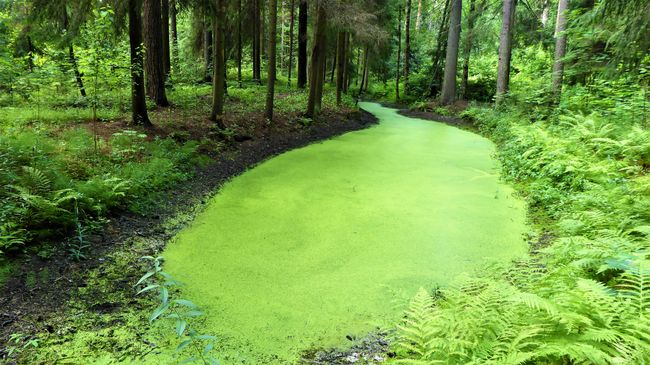
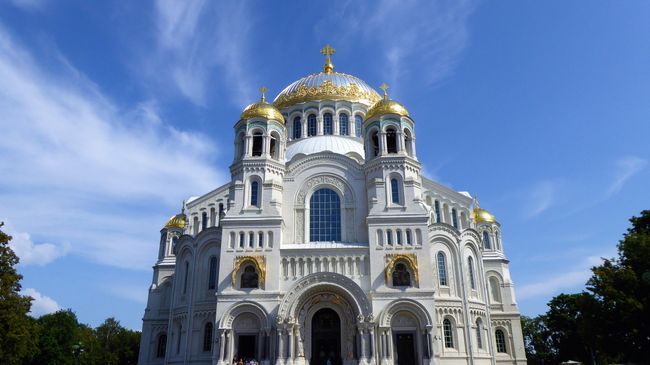
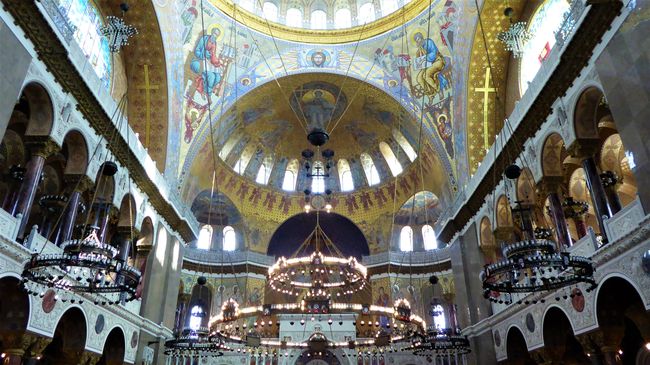
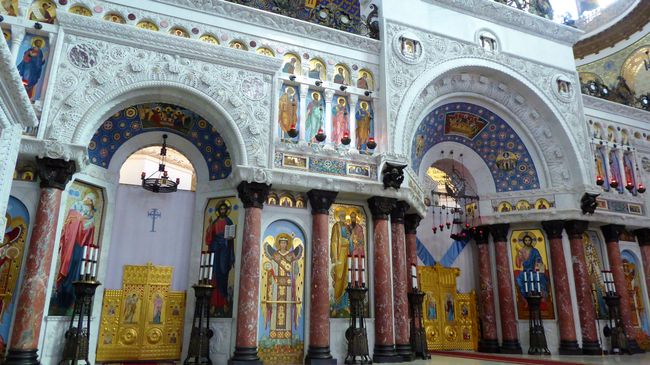
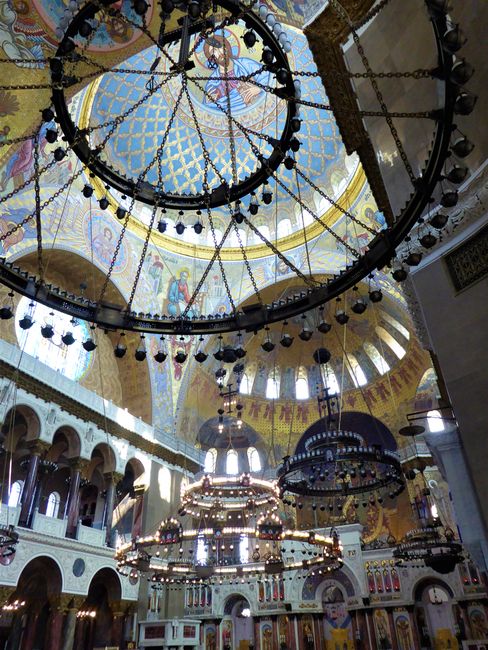
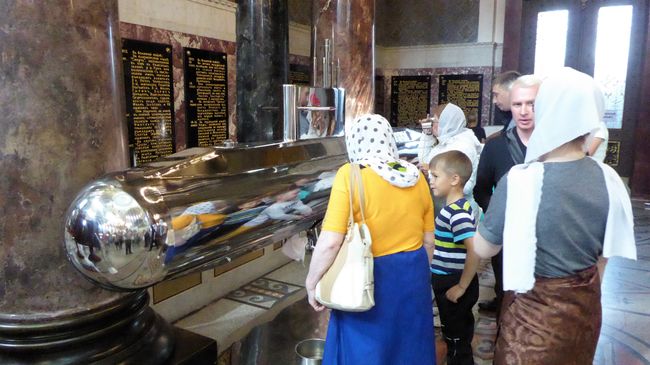
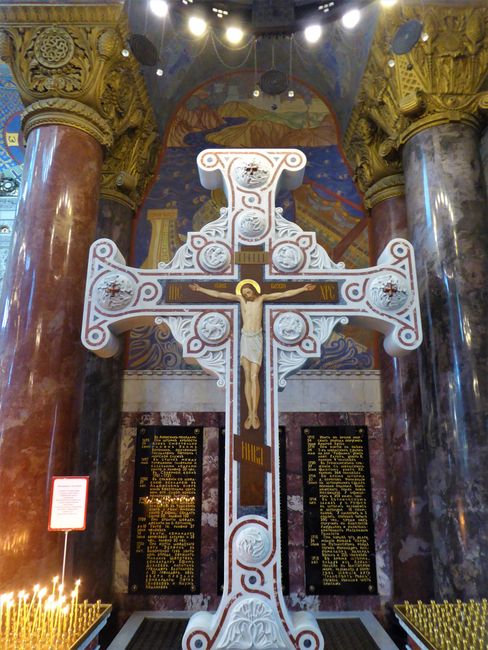
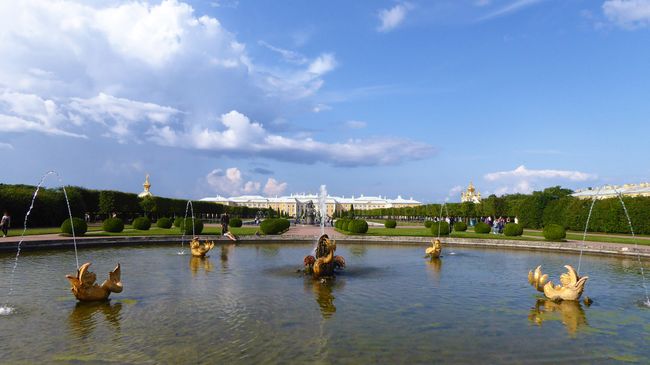
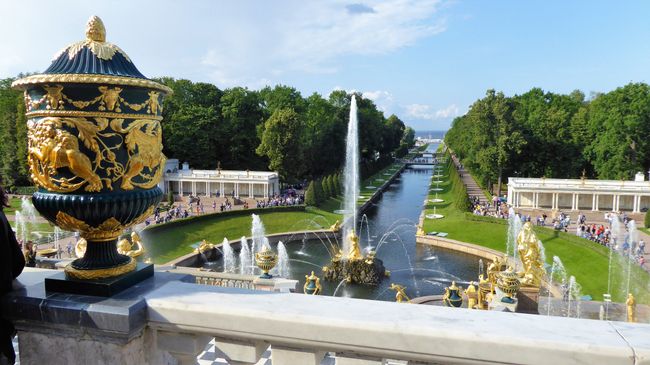
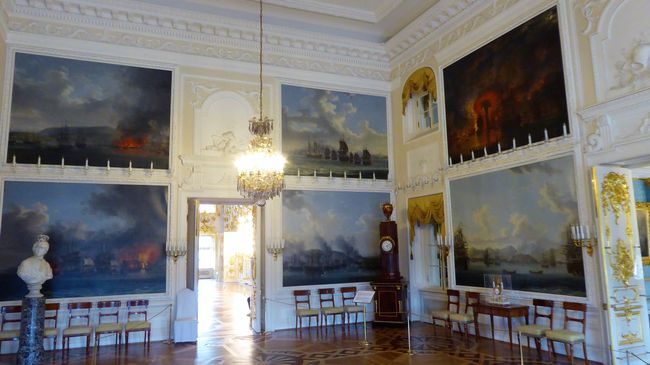
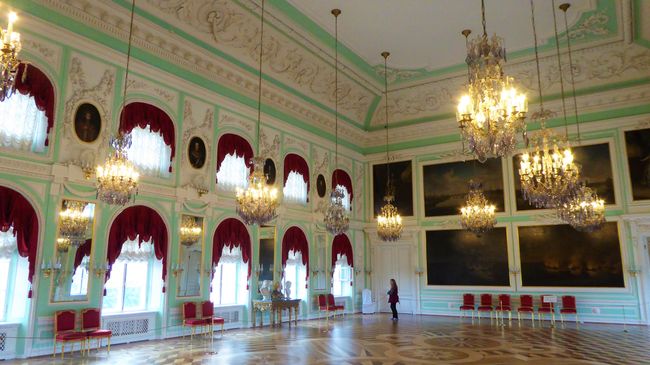
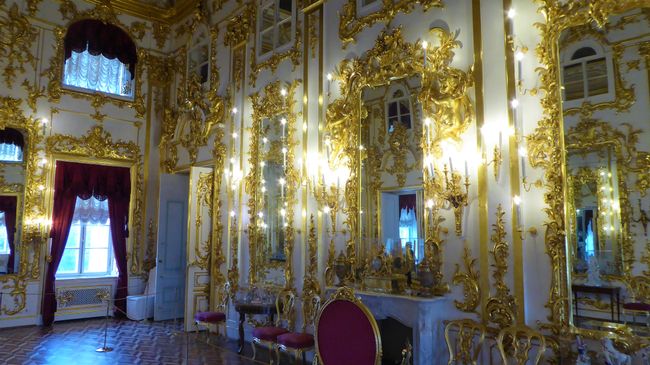
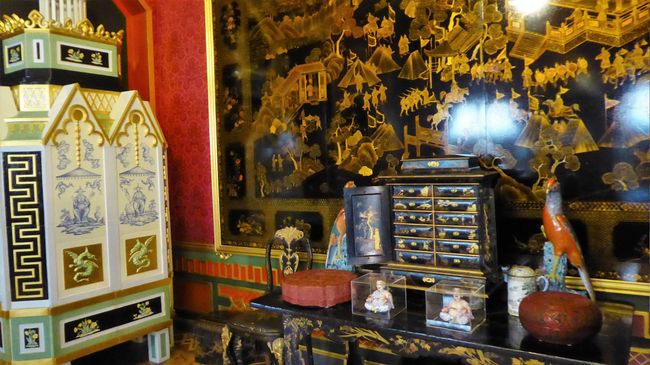
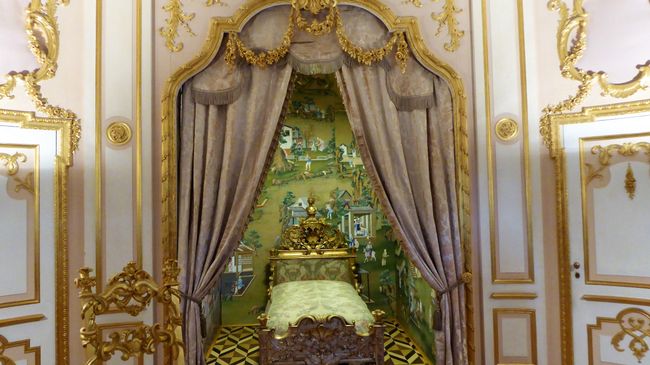
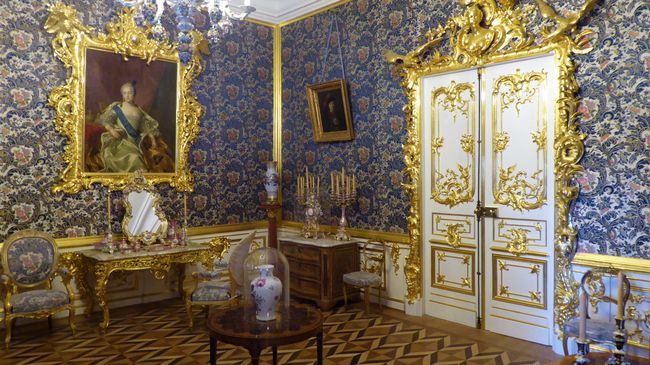
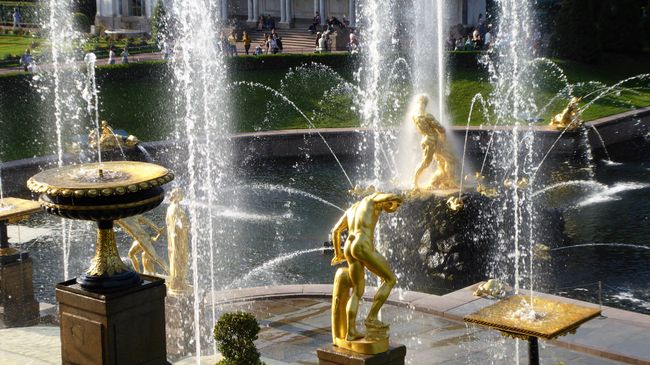
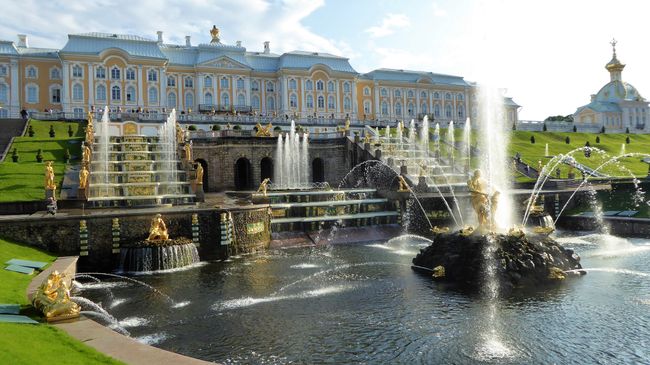
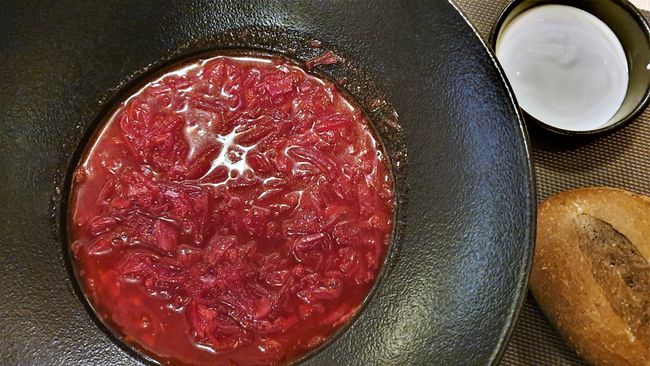
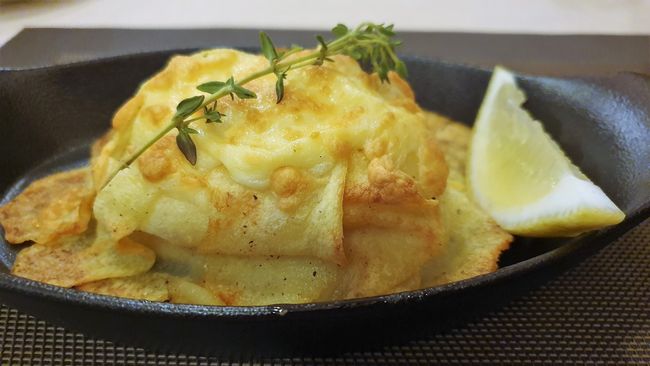
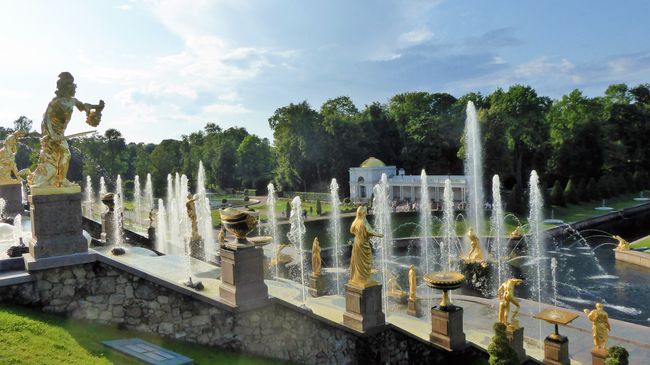
Pretplatite se na Newsletter
Don Curry considers himself a pleasant and unassuming contemporary. He usually acts friendly and reserved, doesn't make much fuss about himself, and doesn't particularly like being in the spotlight. Of course, he likes to be treated politely, but he doesn't expect any special treatment.
The check-out at the '3MostA' hotel, where Don Curry was able to spend four nights in the heart of St. Petersburg, was also polite and competent. Despite the cramped room, it turned out to be a real feel-good hotel that invites you to come back. Don Curry never made it to the panoramic terrace on the roof during all those days, which was partly due to the rainy weather, but also because the most important sight with this panoramic view - the Resurrection Church - still stands brutally disfigured. Someday...
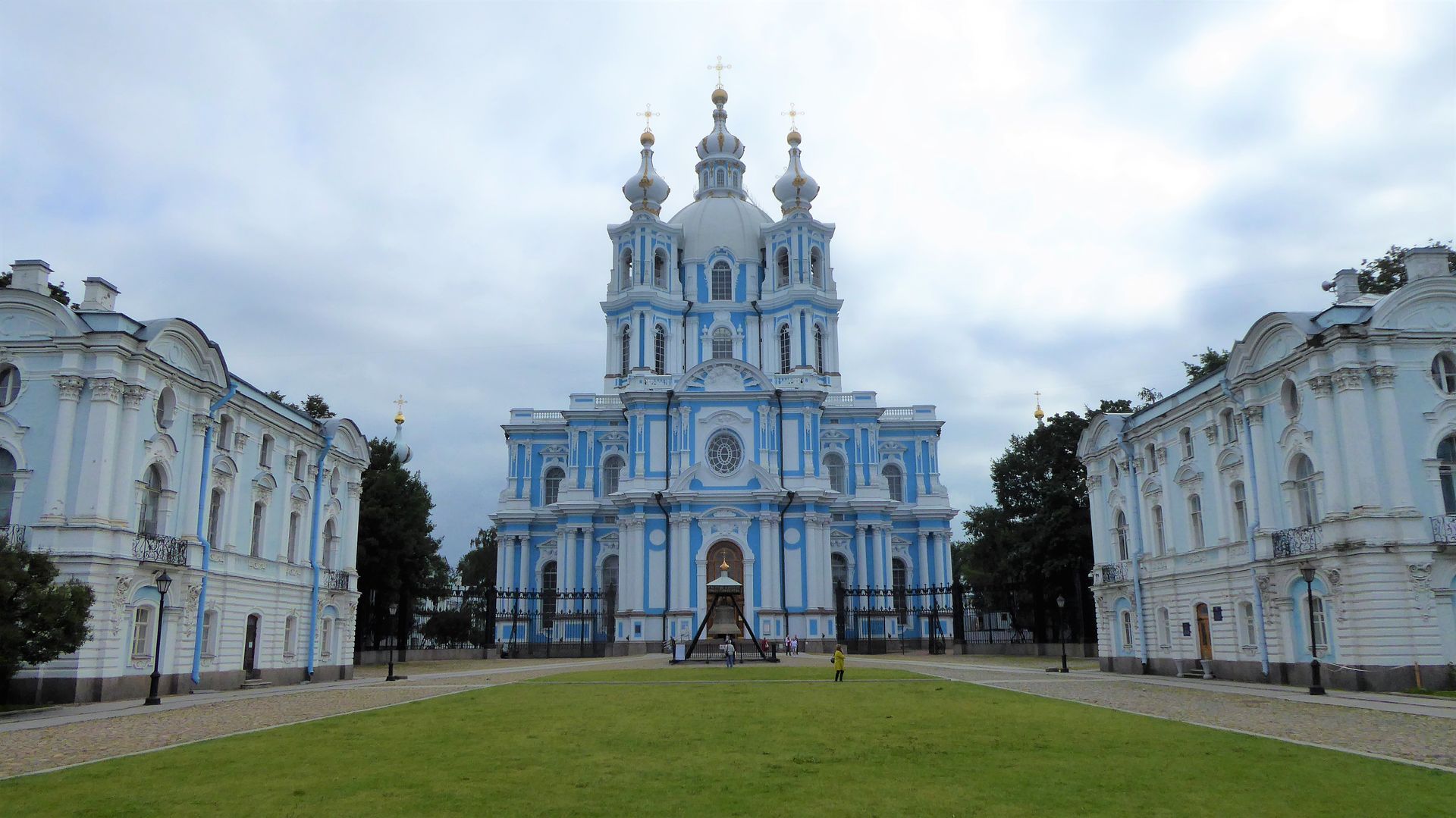
Now it was time to go to the edge of historic St. Petersburg: to the Smolny Monastery, whose main church is considered the most wonderful of all the wonderful masterpieces of the famous baroque architect Rastrelli. And it presented itself masterfully - a dream in sky blue and white, surrounded by 4 small chapels in light blue and white at the corners, which seamlessly merged into the also light blue and white monastery buildings.
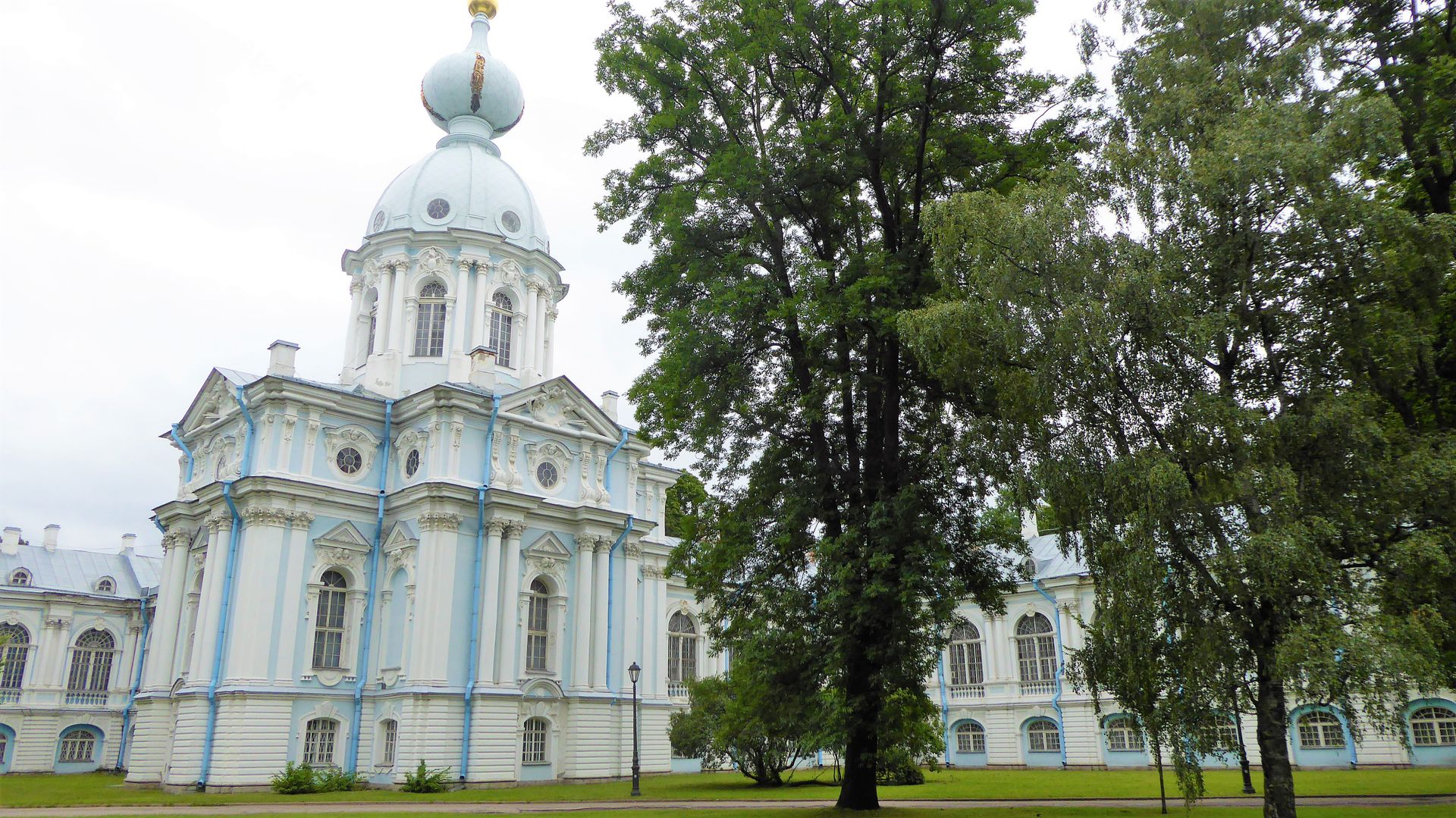
When Don Curry entered the church, his eager anticipation dropped rapidly. While the exterior of the Church of the Resurrection had been marred by renovation work, the opposite was true of the Smolny Cathedral; here, the interior was simply a construction site, the entire central space of the church was barren and empty, with large icons temporarily placed against the walls all around. So this monastery also made it onto the list of 'someday...'
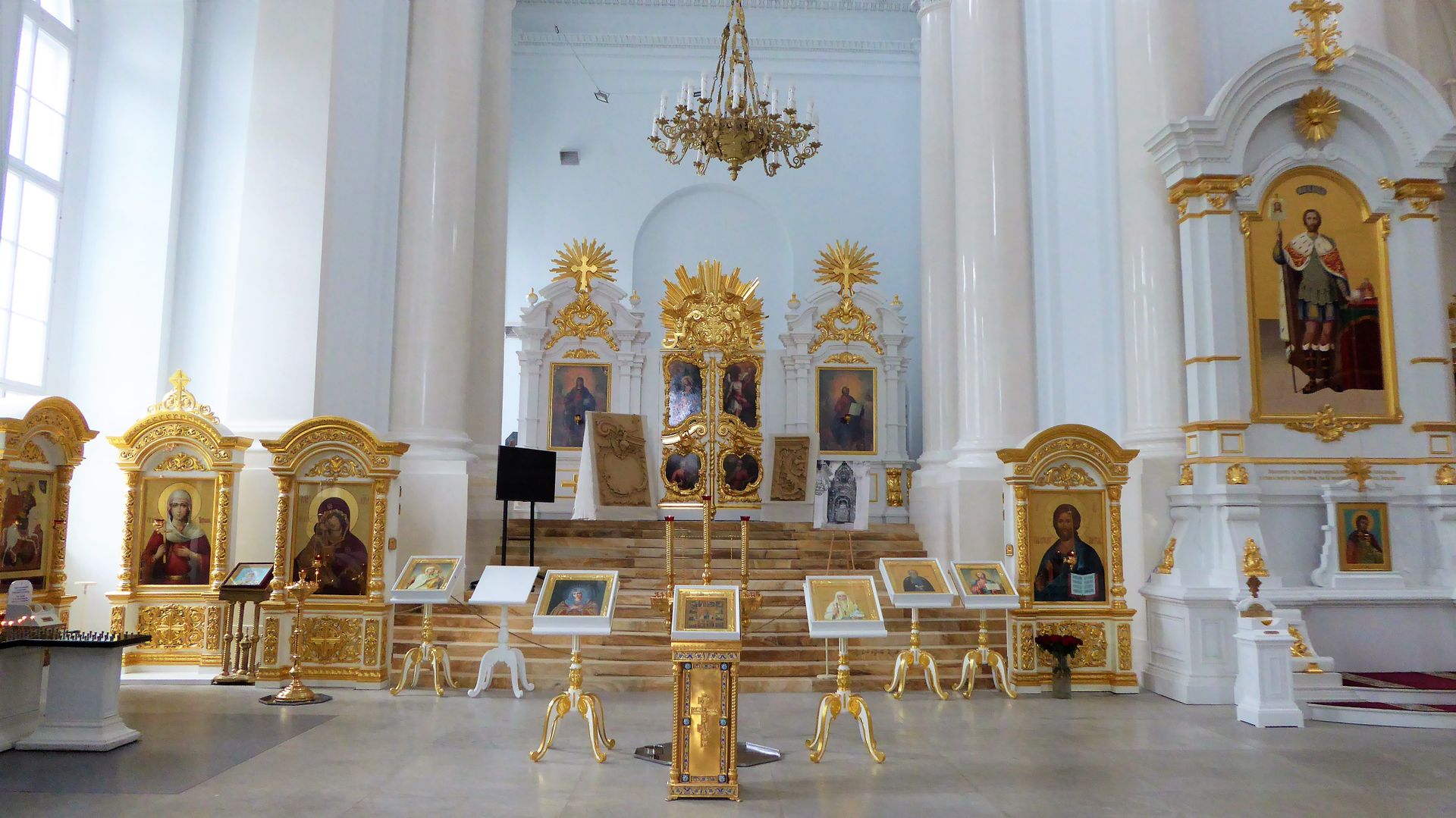
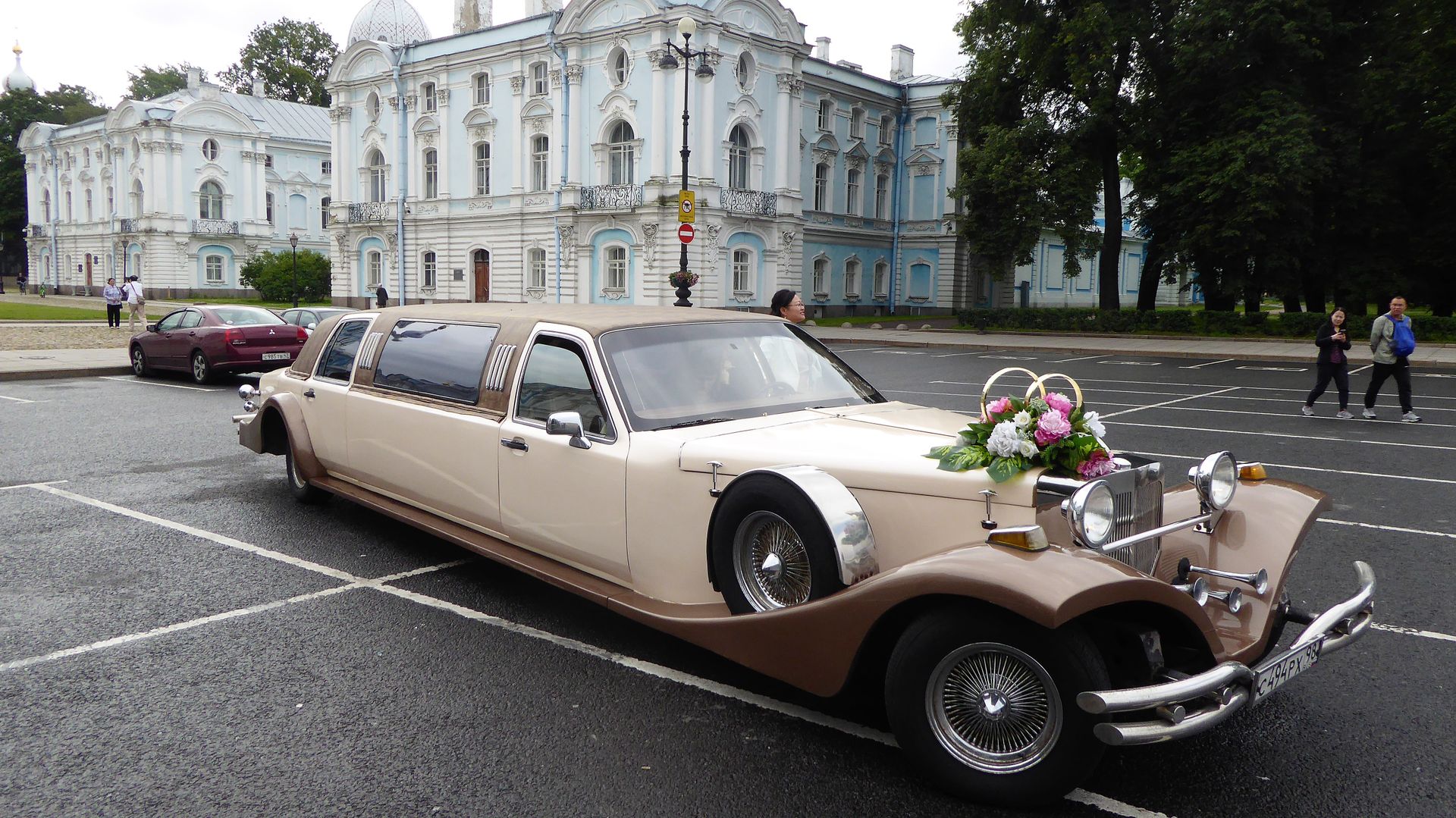
Don Curry actually wanted to visit a Russian shopping center to replenish his supply of drinks, but the only one directly on the way was currently inaccessible from Don Curry's side due to a highway construction site. So he quickly moved on to the next point of interest.
In the Russian Museum, he admired some of the outstanding works of the famous Russian artist Ilya Repin. He wanted to visit his house, which is located between Vyborg and St. Petersburg near the village of Repino, where he lived and worked around the turn of the 20th century until his death in 1930. Although he had come to know and appreciate the immense impact of Impressionism in Paris, he remained true to a clear realism throughout his life, painting portraits of well-known contemporaries such as Tolstoy, Gorky, or Glazunov, with whom he was also friends, but also repeatedly addressing distinctly socio-critical themes, unflinchingly depicting the deep poverty of the lower classes in tsarist Russia on canvas.
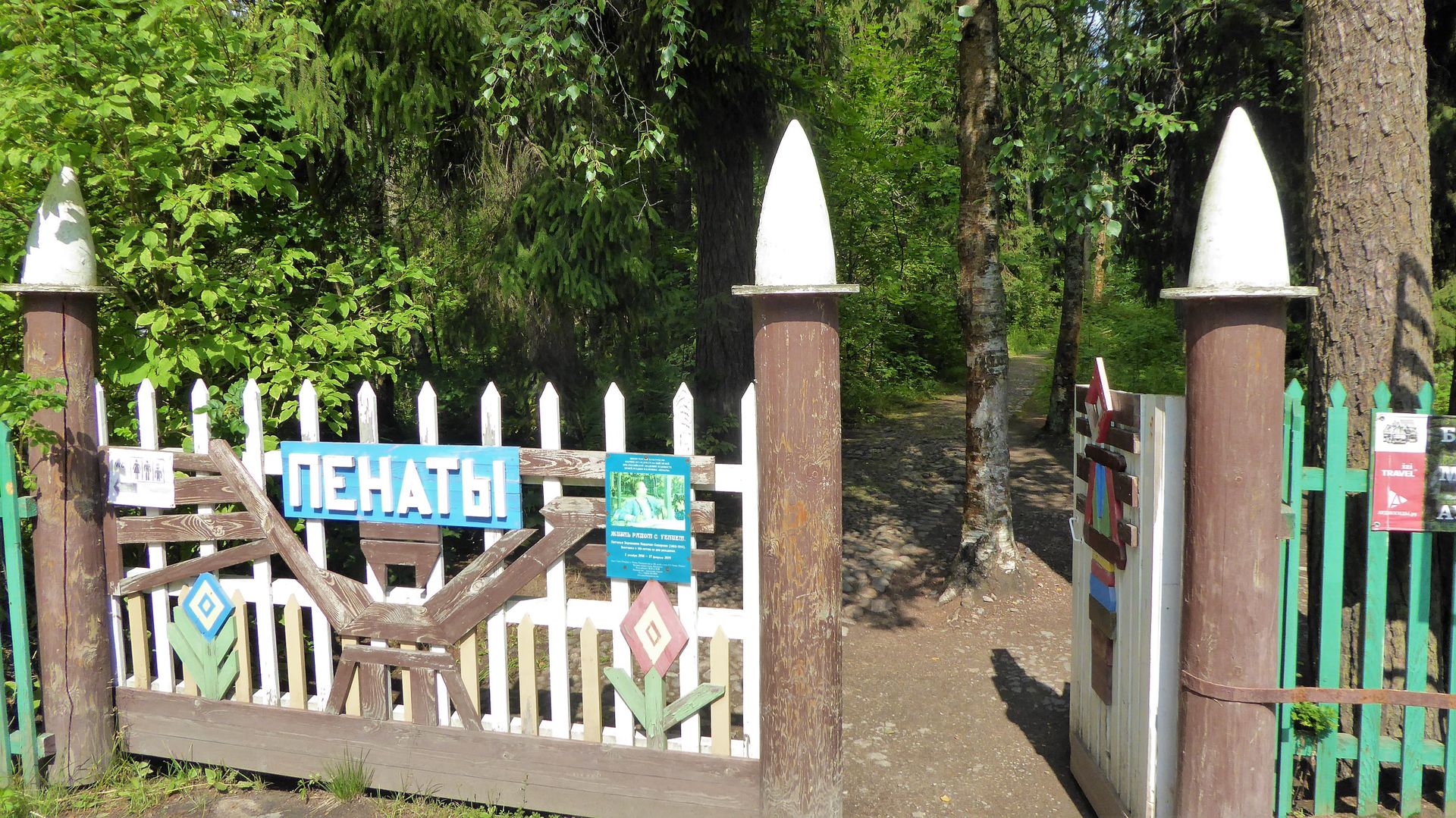
He himself must have been a rather eccentric personality, a genuine oddball and loner who gradually created his own world in his retreat 'Penaten', had his house rebuilt according to his own plans time and again, and consciously lived differently from the rest of society; he considered his household staff to be completely equal; every guest who came to him had to open the door himself, hang up his coat, and then strike a bronze gong so that the host would know that a guest had arrived.
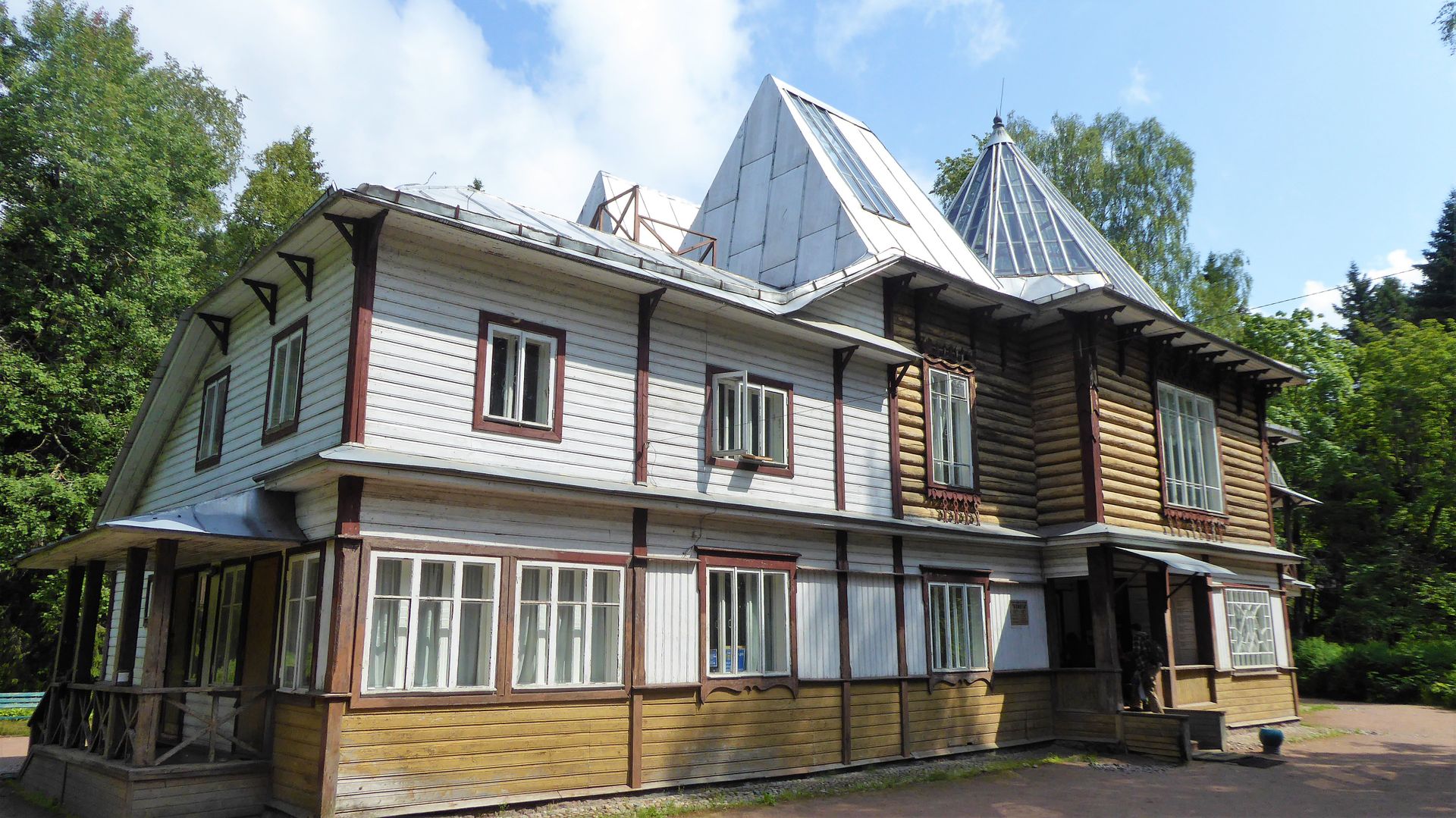
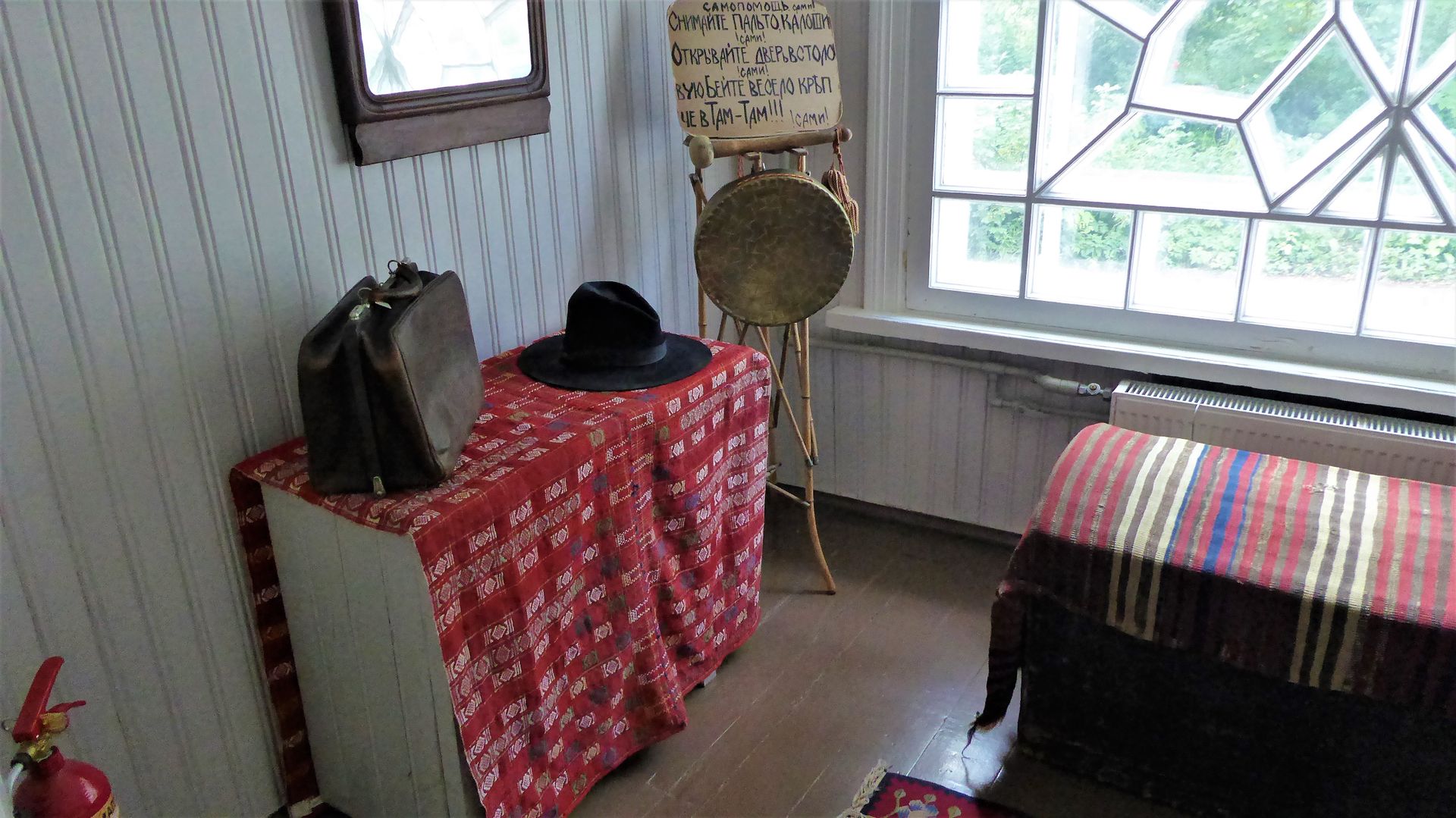
The dining customs in Repin's house were even more unusual. He himself had designed a large round table with a raised second level in the middle, which can be rotated; in front of each seat, the table has a drawer where the cutlery for that seat is kept. Plates were placed on the lower level of the table, and the various - purely vegetarian - dishes were positioned on the upper level so that everyone could reach them by turning the table.
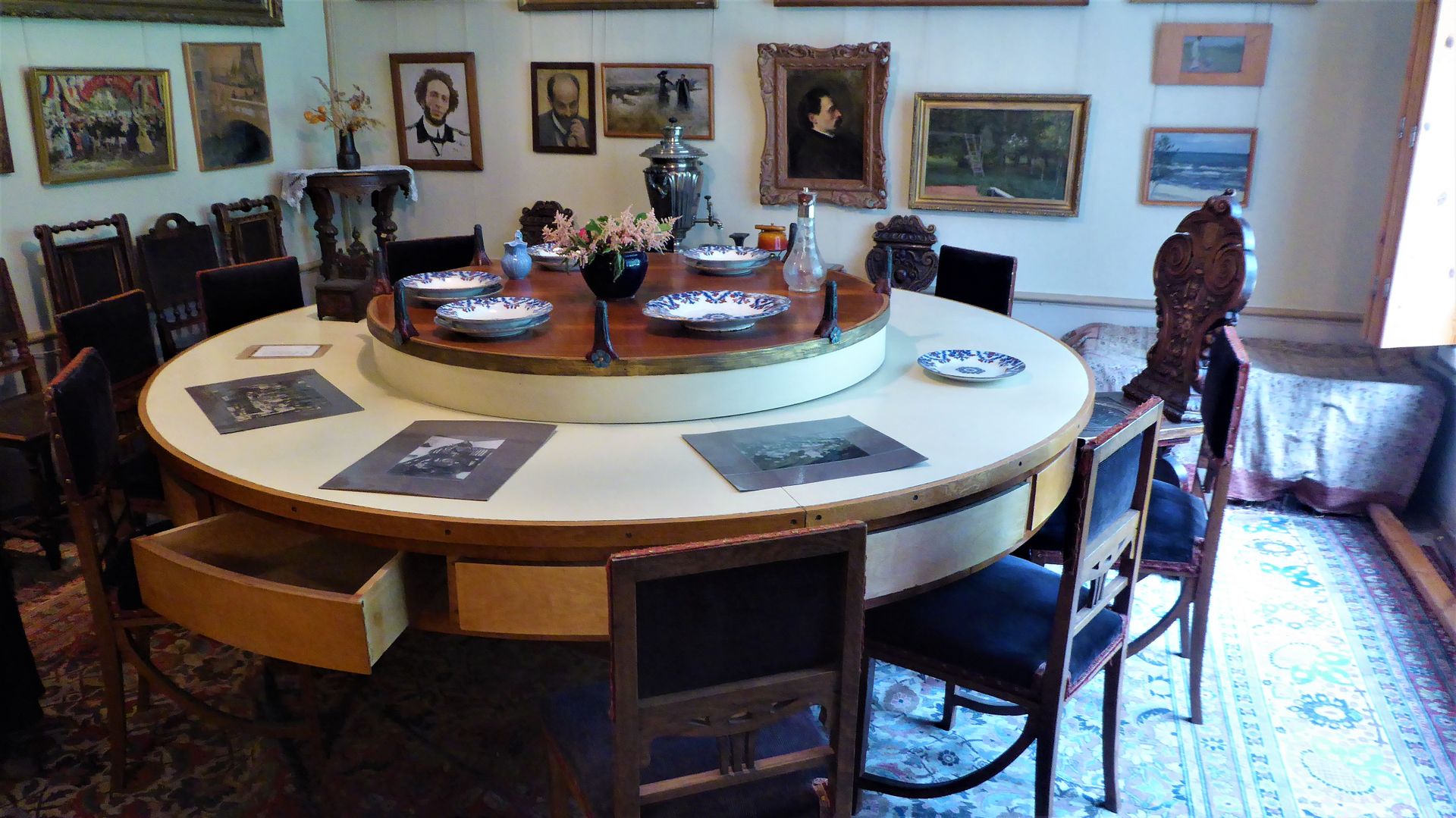
As part of Repin's strict rules at the table, no one was allowed to pass the food to another person, everyone had to make it accessible to themselves by turning the table. If someone violated these or other rules, they had to climb onto an almost 2-meter-high platform in the dining room and deliver an impromptu speech from there. The host himself also often had to do this because he didn't adhere so strictly to his own rules...
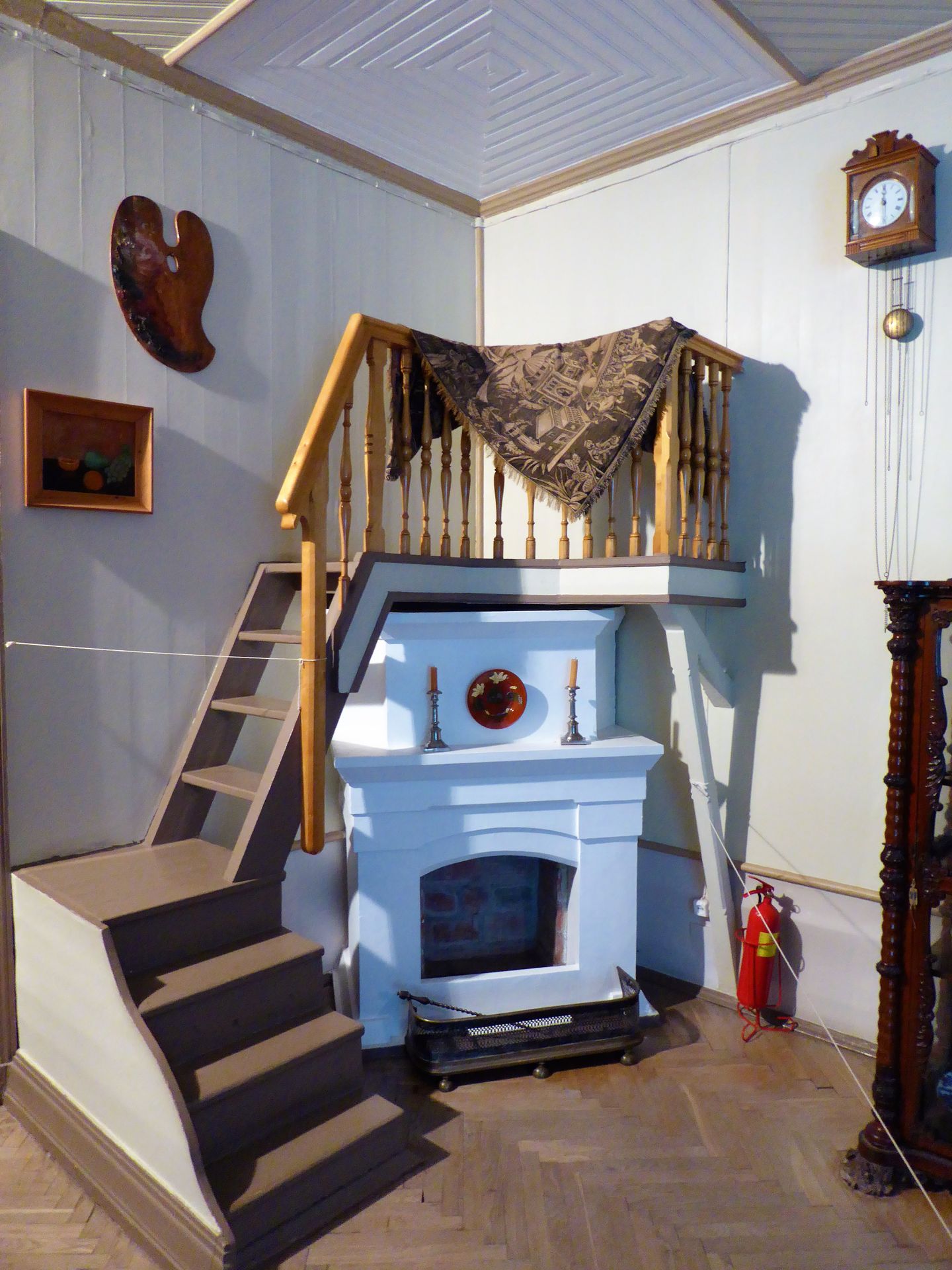
Don Curry expected all of this in the artist's residence, which is now a museum. Curiously, he entered to find the ticket counter. A woman addressed him in Russian; he made it clear that he wanted to buy a ticket. Immediately, the woman started yelling at another woman, and both began to argue. The woman made sounds of lamentation and Don Curry felt very unwelcome. He was about to suggest leaving when the woman showed him a list of 10 languages; German was listed 4th. Don Curry pointed to it. She nodded, spoke harshly to the other woman again, showed Don Curry the admission price: 350 rubles (= €5). Don Curry paid by card and the woman told him to wait and disappeared behind a door. Since the door wasn't completely closed, Don Curry heard loud agitated talking between 2 women. Then the questioning woman returned, opened the door to Don Curry, and led him into a room with 20 empty chairs, nothing else. Another woman was sitting on one of the chairs, nodded to him friendly, and invited him with a welcoming gesture to find a chair. That was not difficult, there were plenty of empty chairs. Then she started a CD player and in German, a woman's voice warmly greeted the guest in this museum and explained its history. The recorded lecture lasted about 5 minutes. Then the woman who had started the CD sent Don Curry up a flight of stairs.
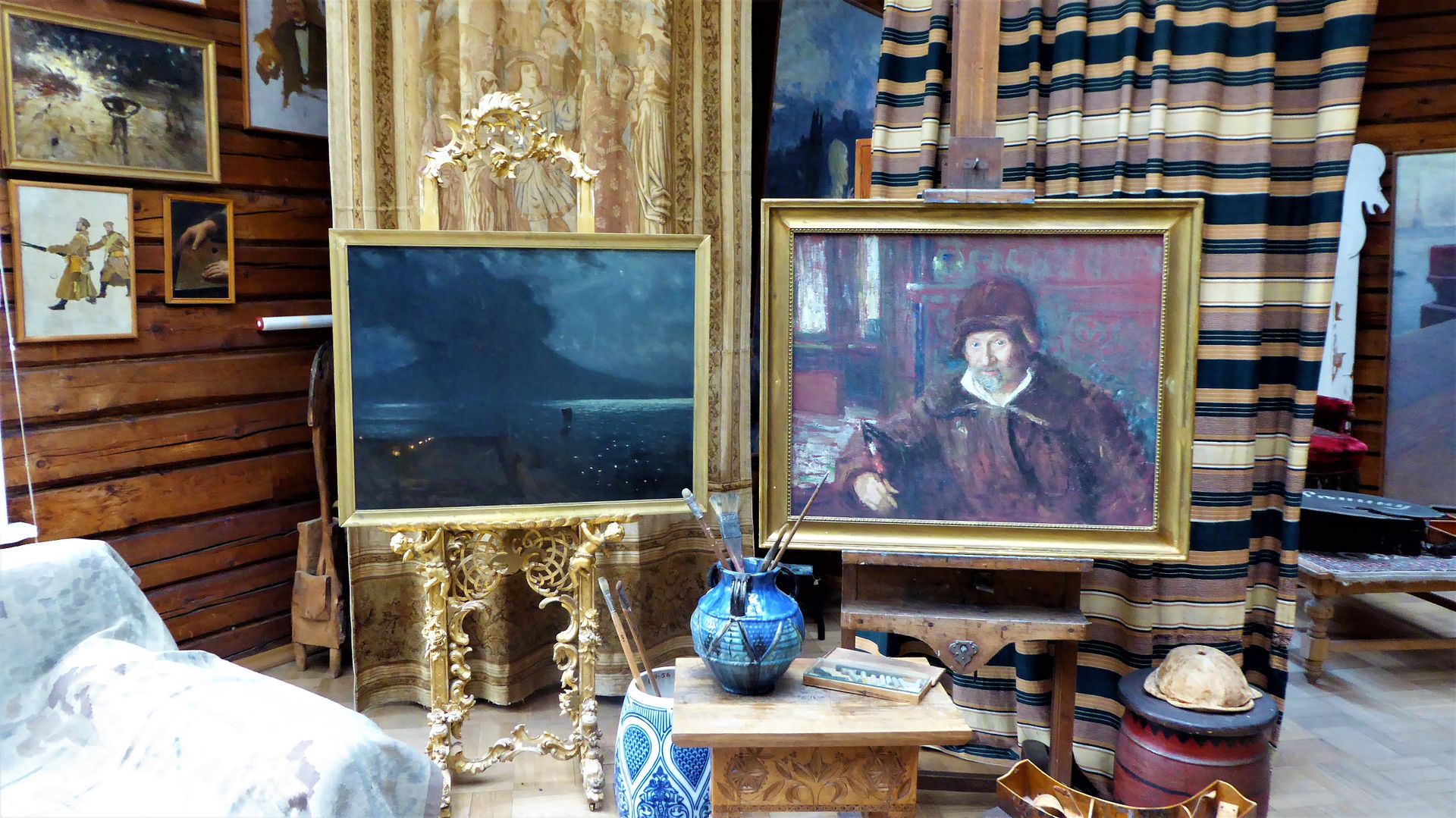
Here he was obviously in the artist's studio. Another woman looked at him in surprise but left him alone to look at everything. Then hardly another woman came up the stairs, whispered with the one who had been watching, both looked at Don Curry again and again. He was starting to feel a little uncomfortable when the watching woman led him higher up the stairs, sat him in front of a screen, and started a documentary about Repin's last years - in perfect German. Meanwhile, the women kept whispering, a third one joined them, whom Don Curry hadn't seen yet.
When the film ended, he was allowed to go back down the stairs, but as he wanted to return to the ground floor, the watching woman called him back and set a CD in motion. Now Don Curry heard everything there was to say about Repin's studio in clear German. The woman lovingly pointed out the mentioned objects or paintings at the appropriate places. Only then was Don Curry actually allowed to go downstairs, where the third woman from earlier was already waiting for him, escorted him into the dining room, and closed the door behind him. Another CD started and Don Curry now heard the special story of the dining table that he had already mentioned in this report.
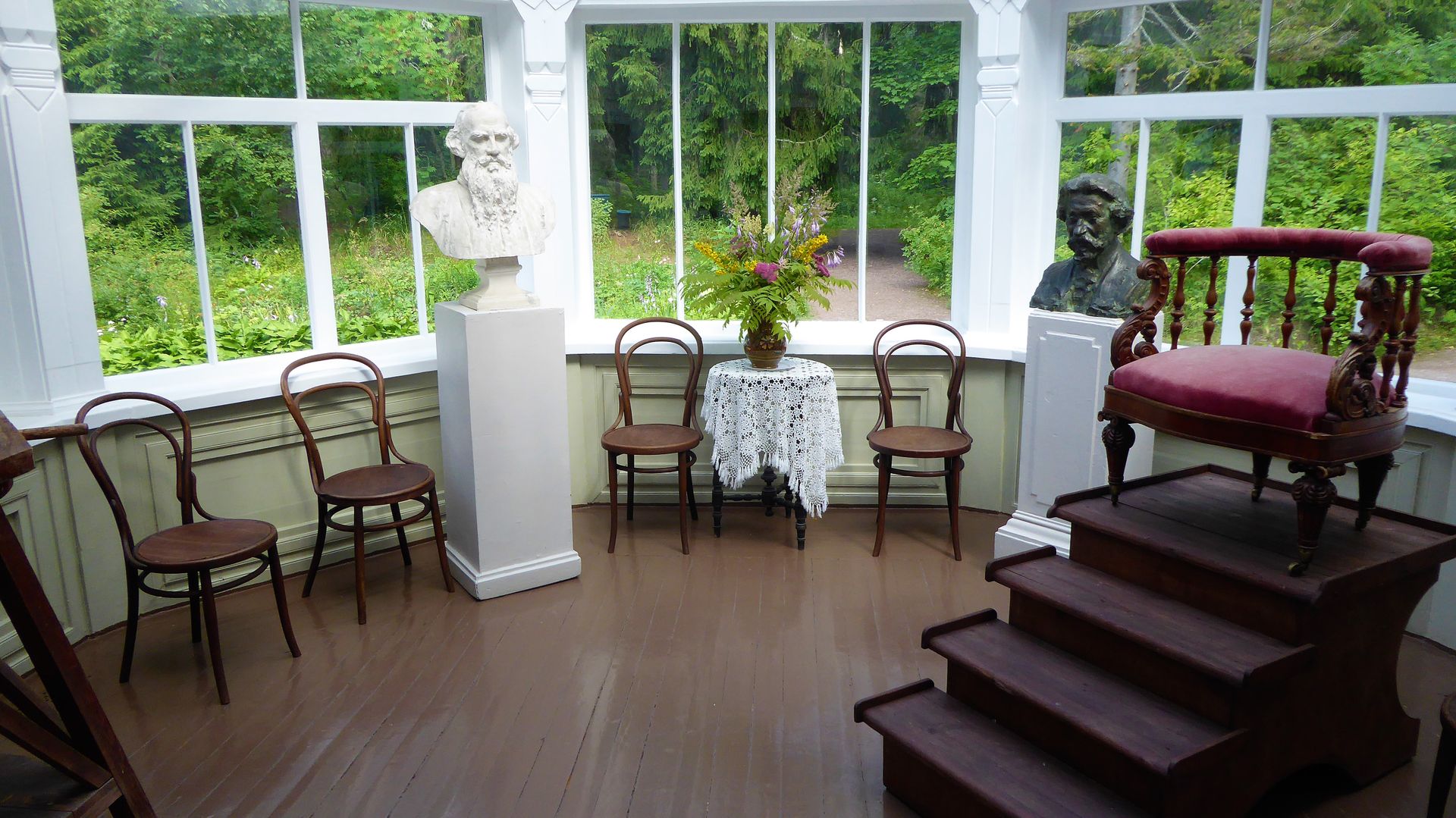
Gradually, Don Curry understood the concept of this museum. Instead of a guide accompanying the guests through all the rooms, each room here has a lady who starts the CD in the correct language when the group arrives. Actually a good concept if an individual tourist like Don Curry doesn't suddenly come in between and disrupts the well-established process. He noticed this now as the lady of the next room was excitedly whispering with the dining room lady because her room was still occupied by a large Russian group. So Don Curry was supposed to examine everything in the dining room very carefully first. Only then was he allowed into the cabinet and saw, among other things, the grand piano on which Glazunov had played his new compositions, or Tolstoy's bust, created by Ilya Repin.
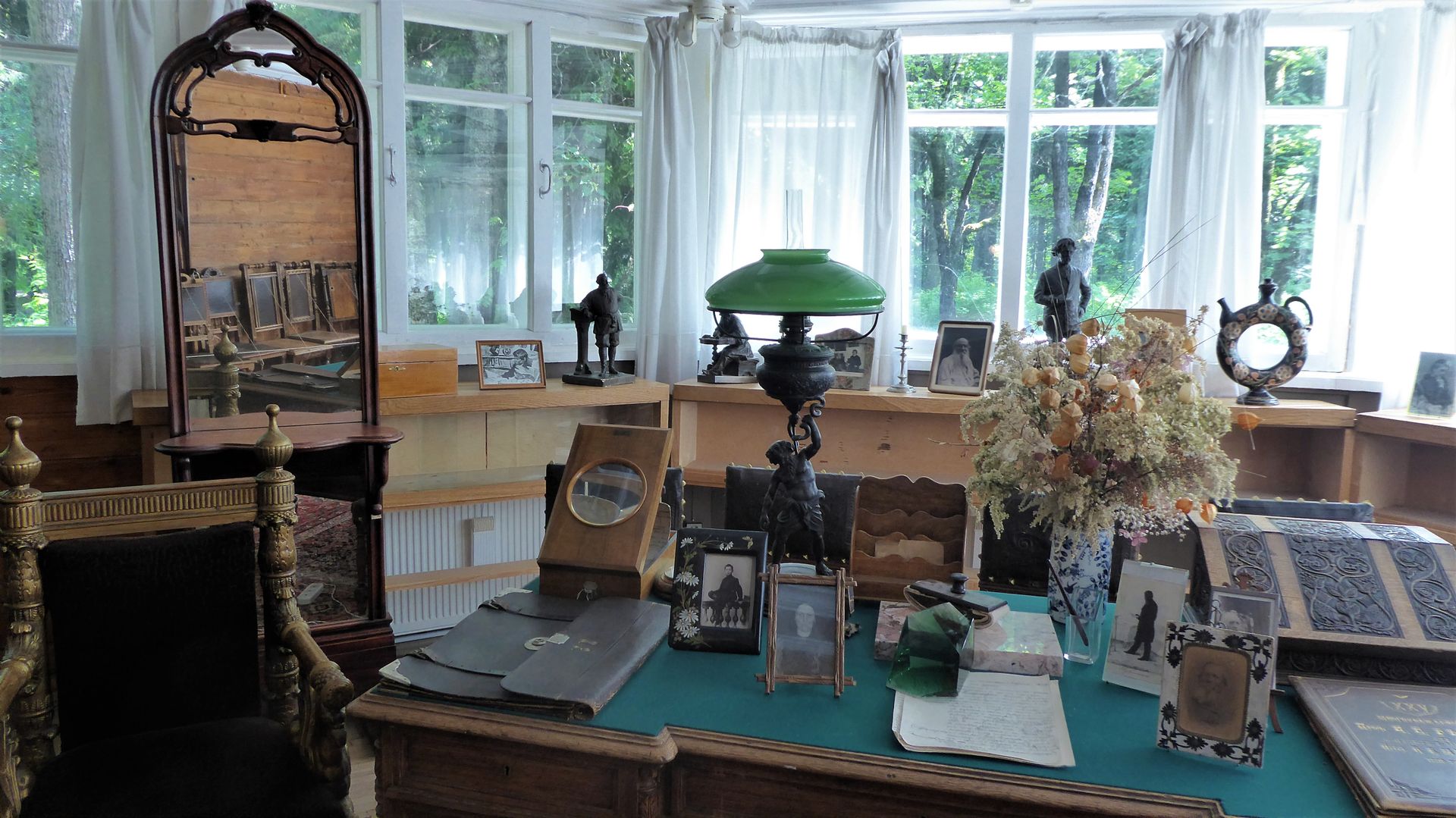
Finally, the last CD was played, Don Curry was relieved to escape this constant attention, and all the museum ladies were relieved to have coped with this unexpected guest...
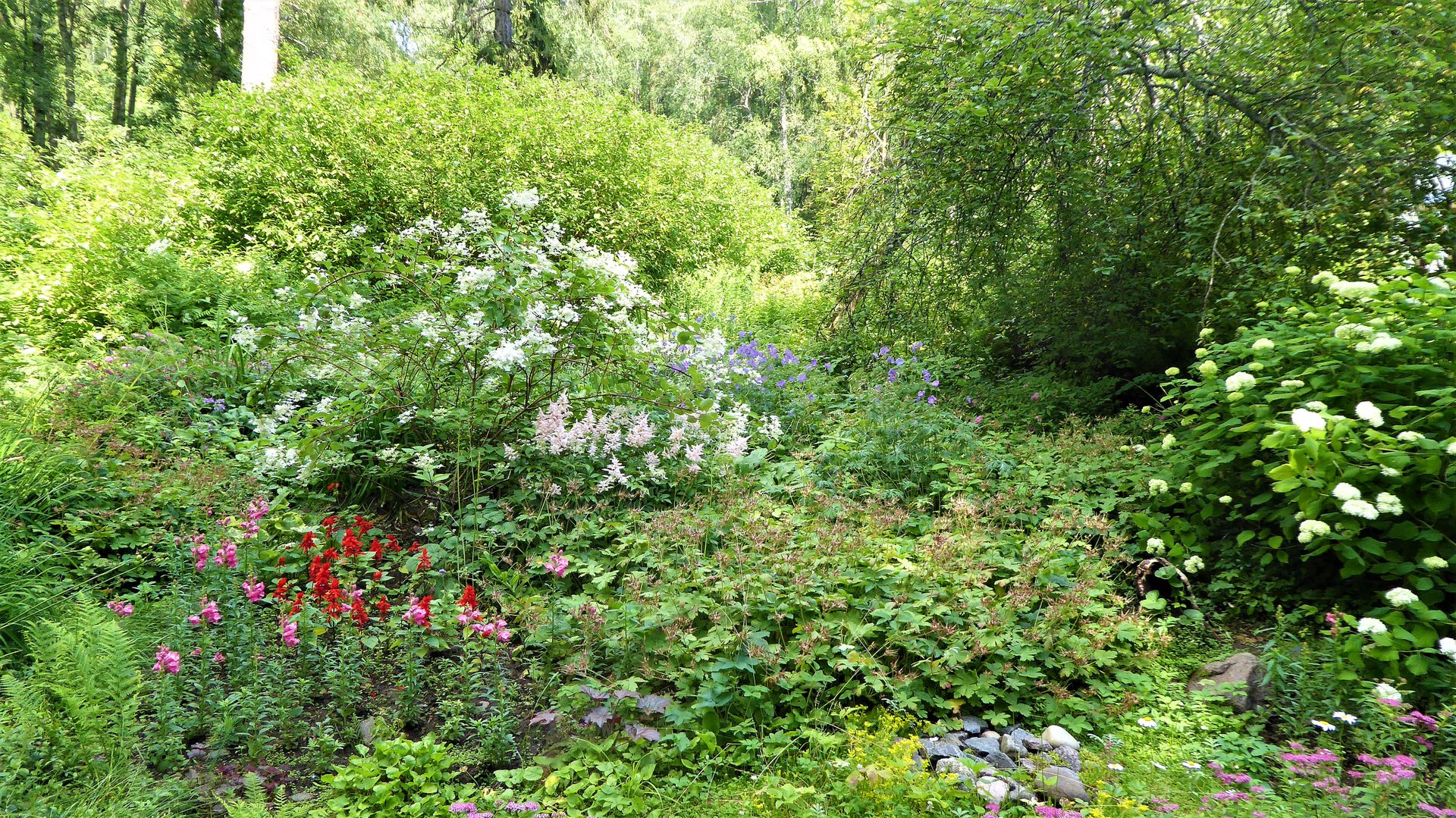
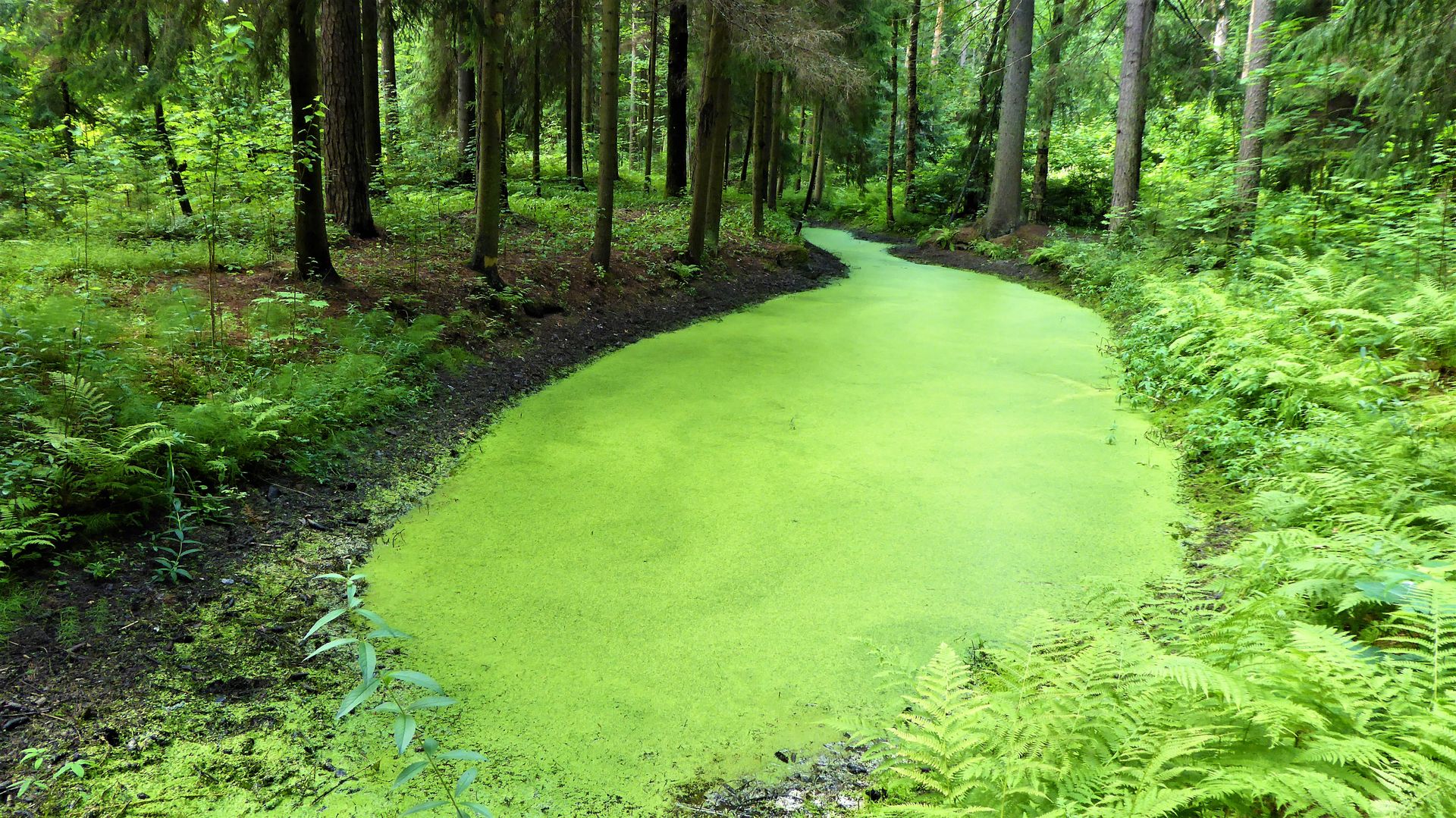
Don Curry traveled to his next destination across the sea. In fact, since the late Soviet era, the Gulf of St. Petersburg has been surrounded by a protective dam through the Baltic Sea. In the meantime, a six-lane highway has been built on this dam to complete the highway ring around the city. A part of the highway even passes under the sea to allow unobstructed shipping routes to St. Petersburg. Just before the tunnel is a large island where Peter the Great had the fortress of Kronstadt built. During the Soviet era, this was one of those places that were absolutely off-limits to foreigners because a large part of the Russian Navy was stationed and still is in Kronstadt's port.
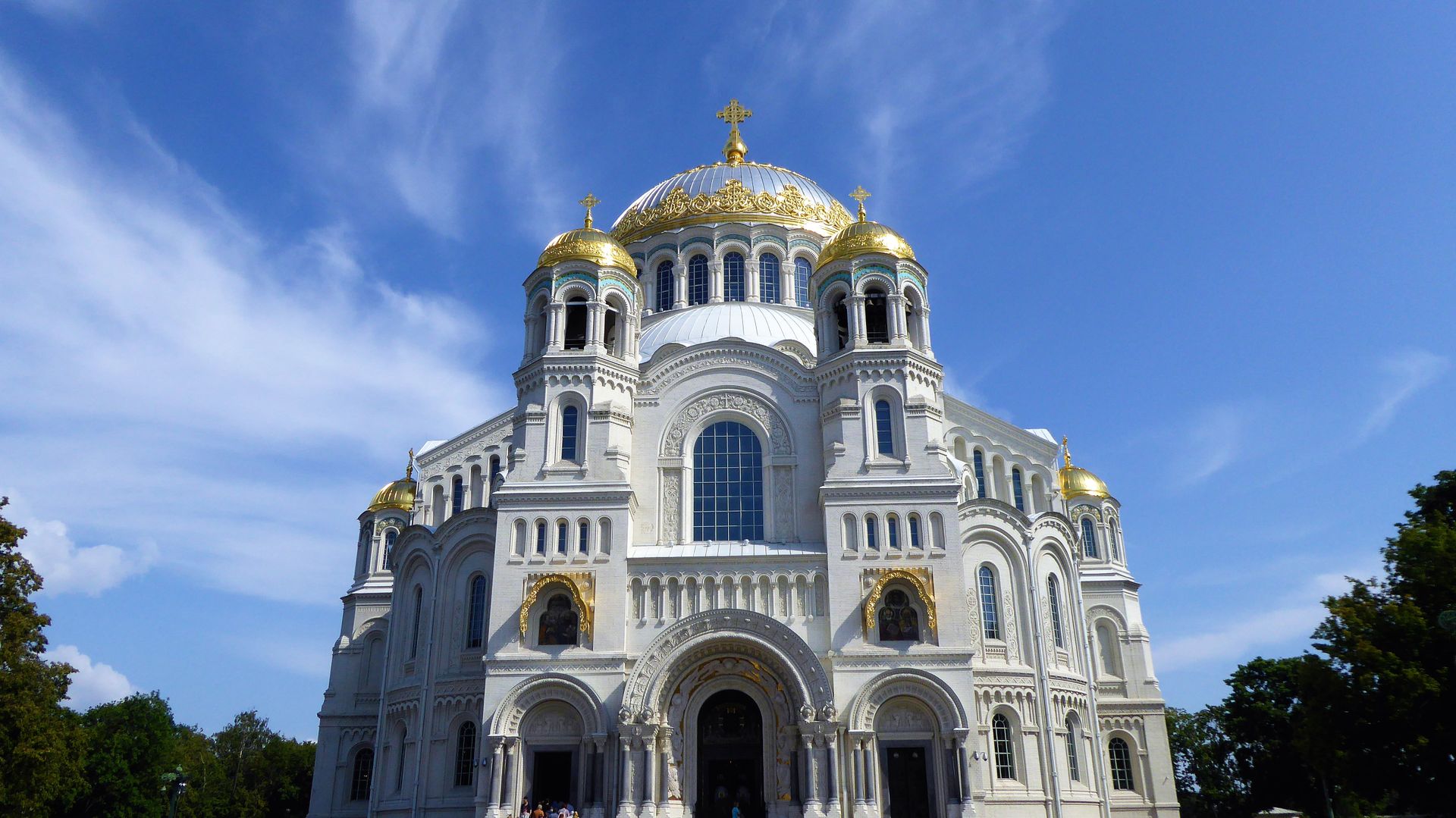
But Don Curry didn't want to spy, he wanted to experience another masterpiece of church architecture. At the beginning of the 20th century, an admiral commissioned the construction of St. Nicholas Cathedral, consciously as the main church of the Russian Navy; so it is primarily known as the Naval Cathedral. It has already undergone all renovations, and Don Curry was able to enjoy this neo-Byzantine splendor freely, from the magnificent golden dome to the many wheel chandeliers and mosaics inside.
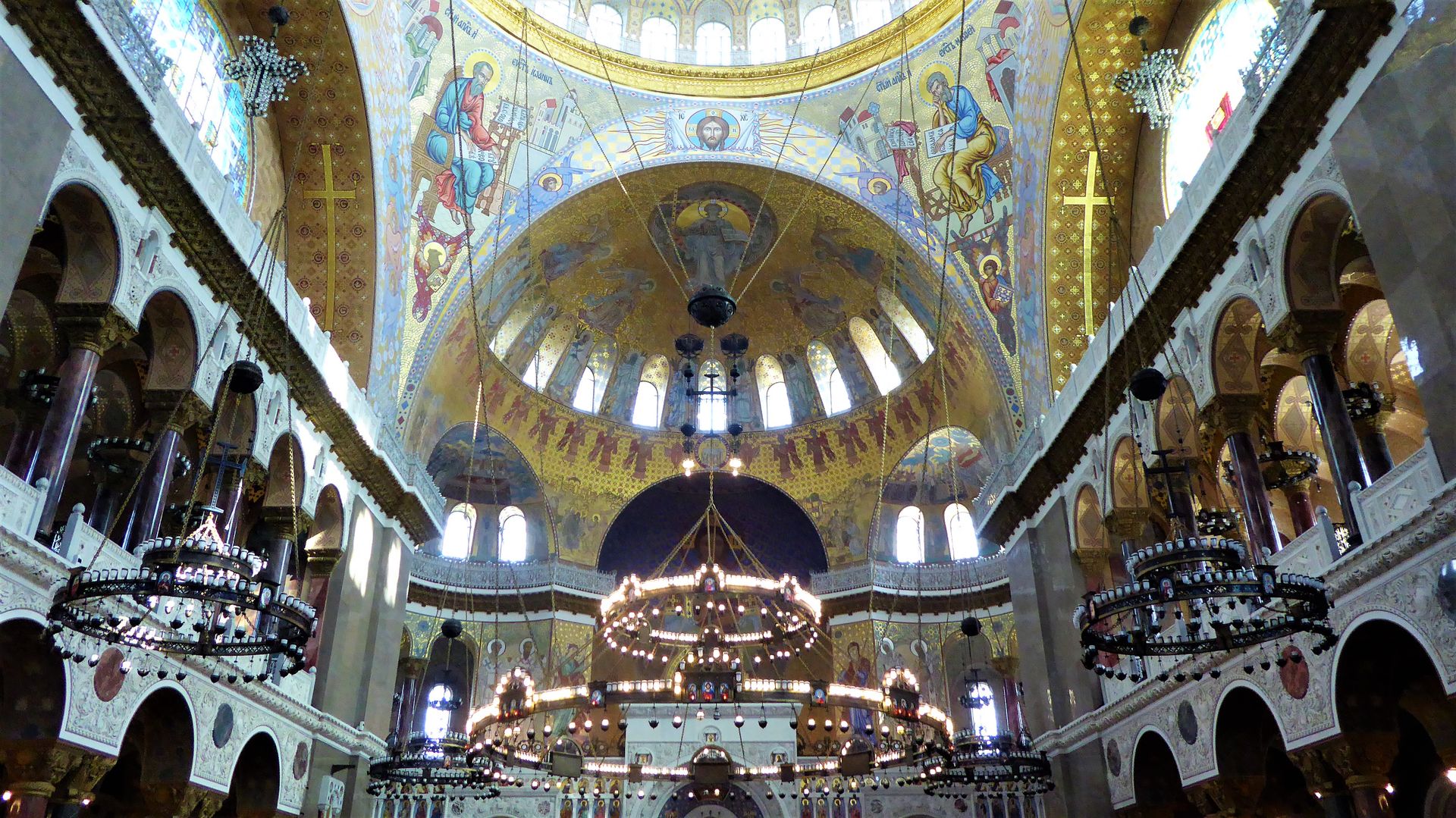
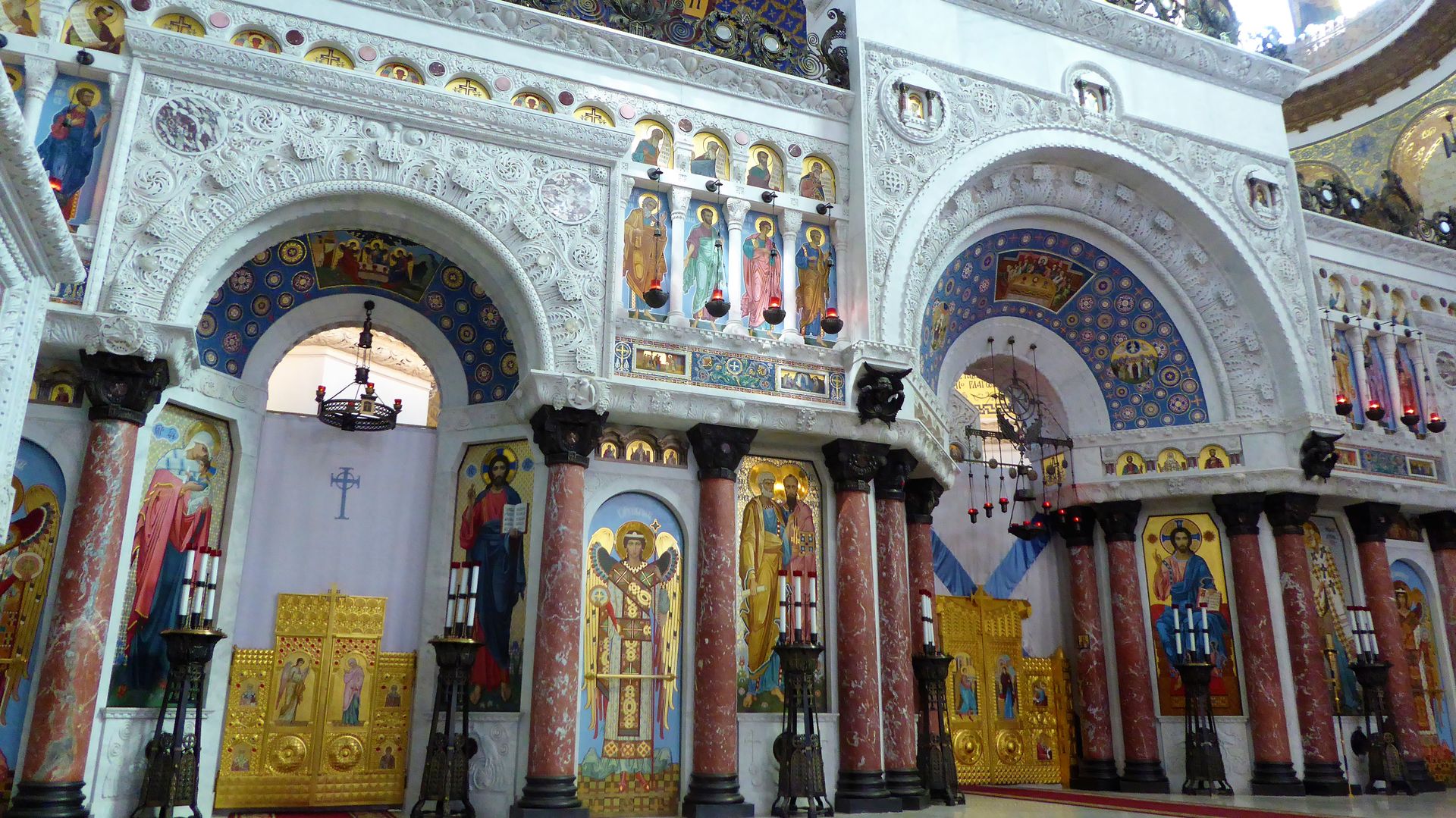
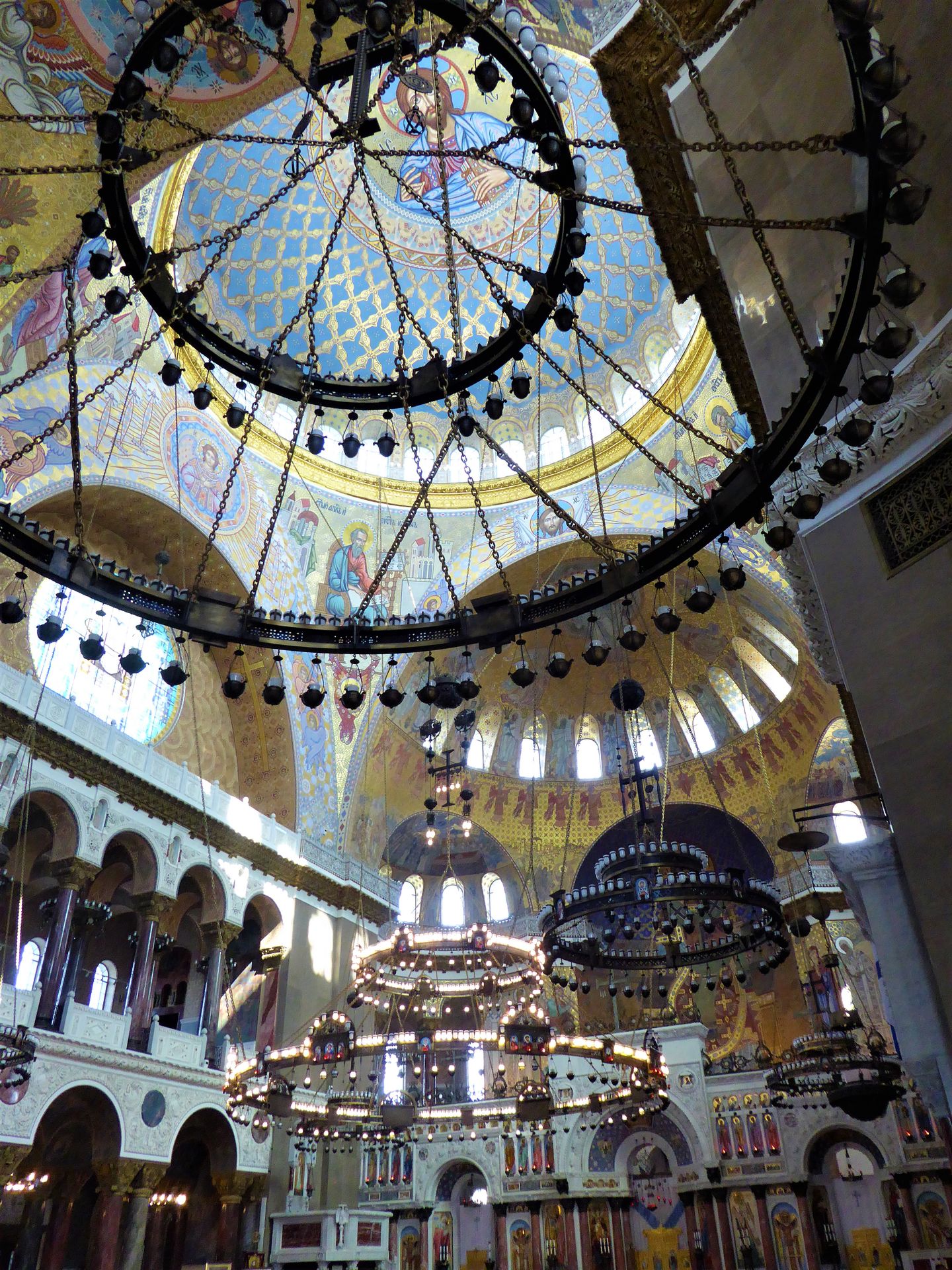
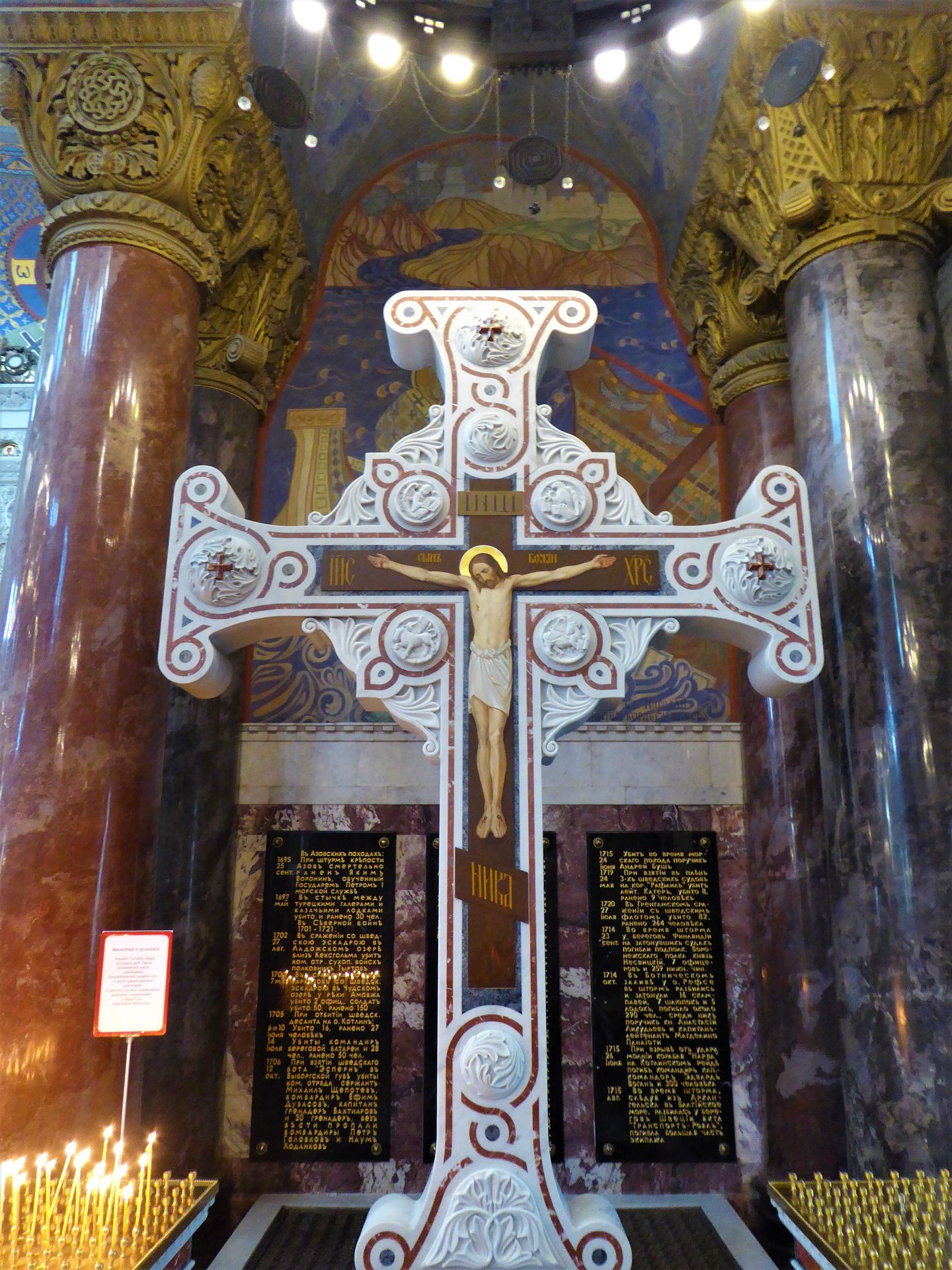
Only the huge holy water container in the shape of a submarine struck him as rather tasteless. But people eagerly drew water from it and some even drank it right in the cathedral.
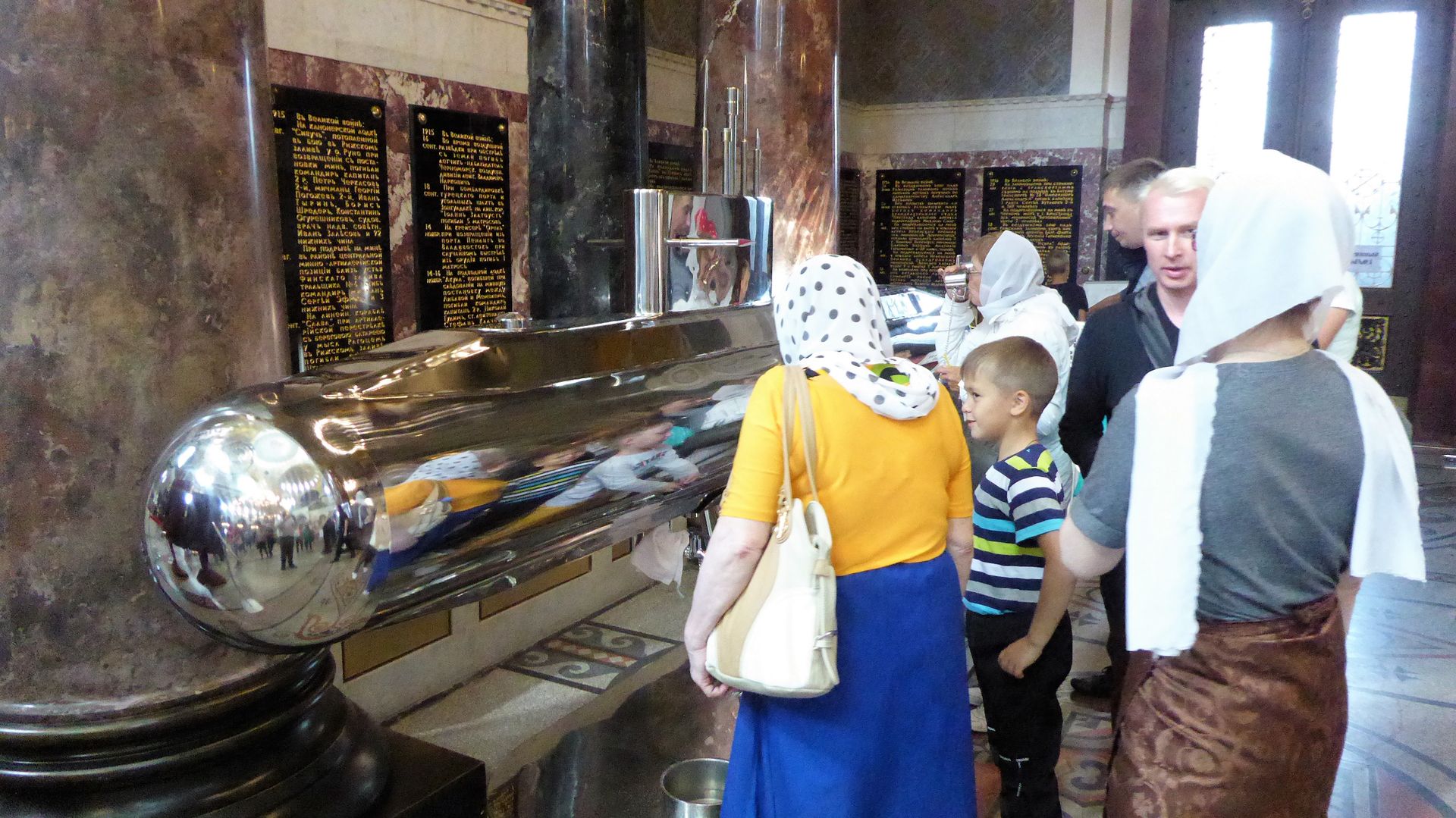
Don Curry then continued over and under the sea to his final destination in Russia: the city of Peterhof with the Peterhof Palace. He had booked his room at the Samson Hotel, located right at the entrance to the Upper Palace Park.
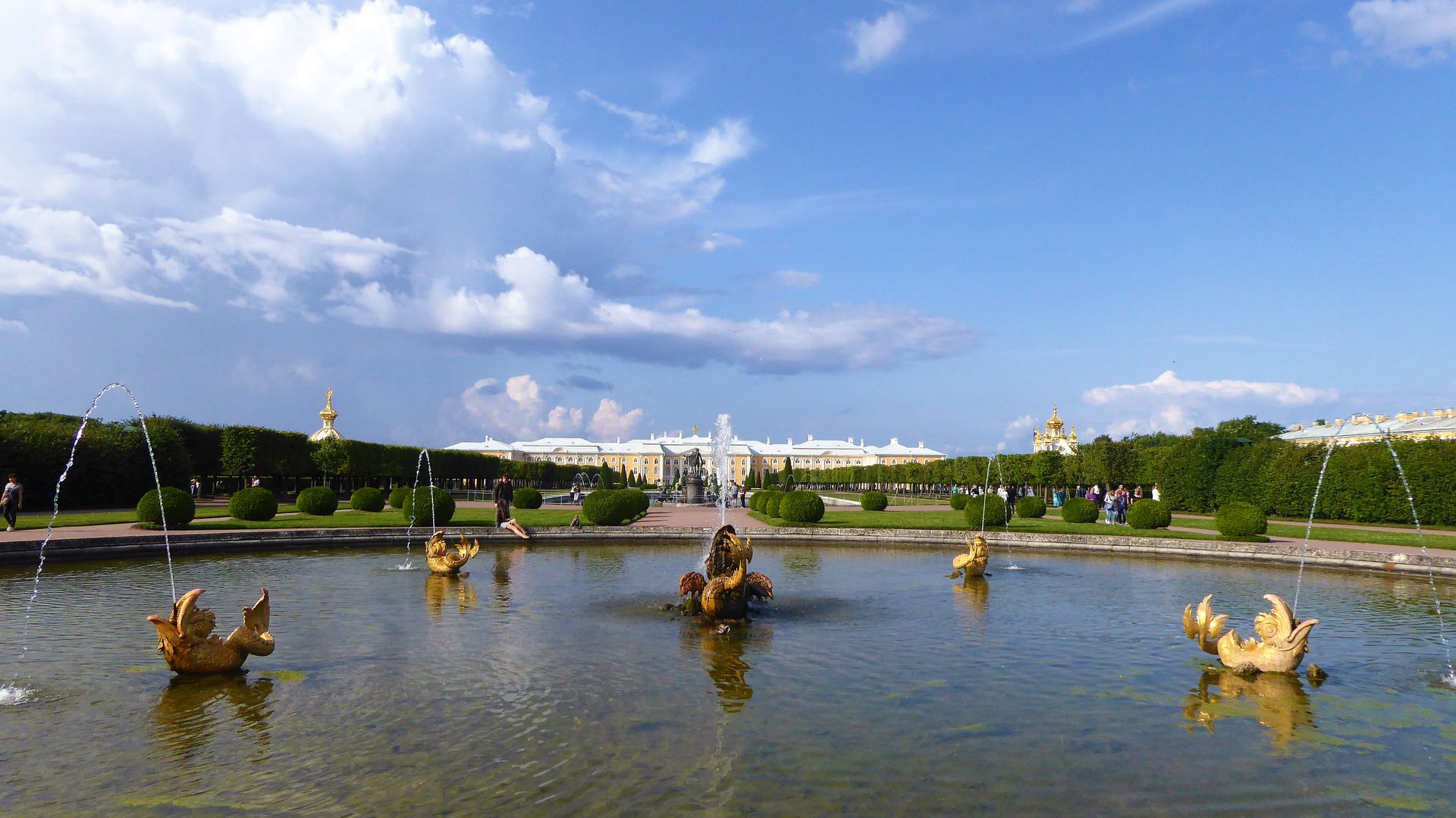
So he could quickly set off for the palace, prepared for another endless queue. Similar to the Catherine Palace, admission for the park had to be paid first in order to even reach the palace ticket office. But while the magnificent Catherine Park only cost 150 rubles (= €2.20), Don Curry had to pay 900 rubles (= €12.70) incl. foreigner surcharge for the Lower Peterhof Park. A very proud price, even if the many fountains and artificial waterfalls in the complex are delightful to look at.
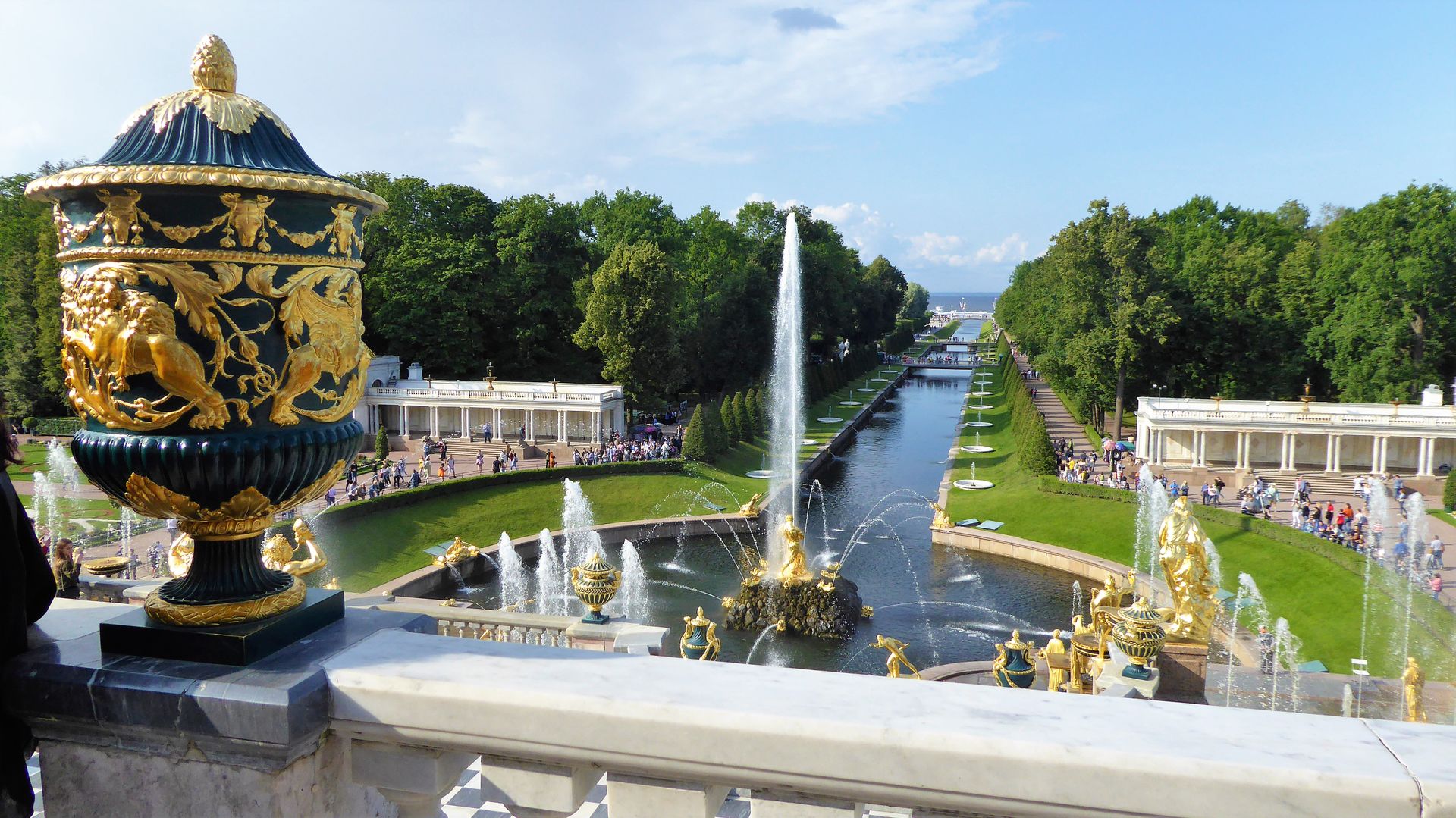
As expected, the park was already crowded; Don Curry looked for the palace queue. He found the usual barriers, which are used to domesticate the queues, and found a sign there: Tickets for Palace Tour - Cashier in the Palace.
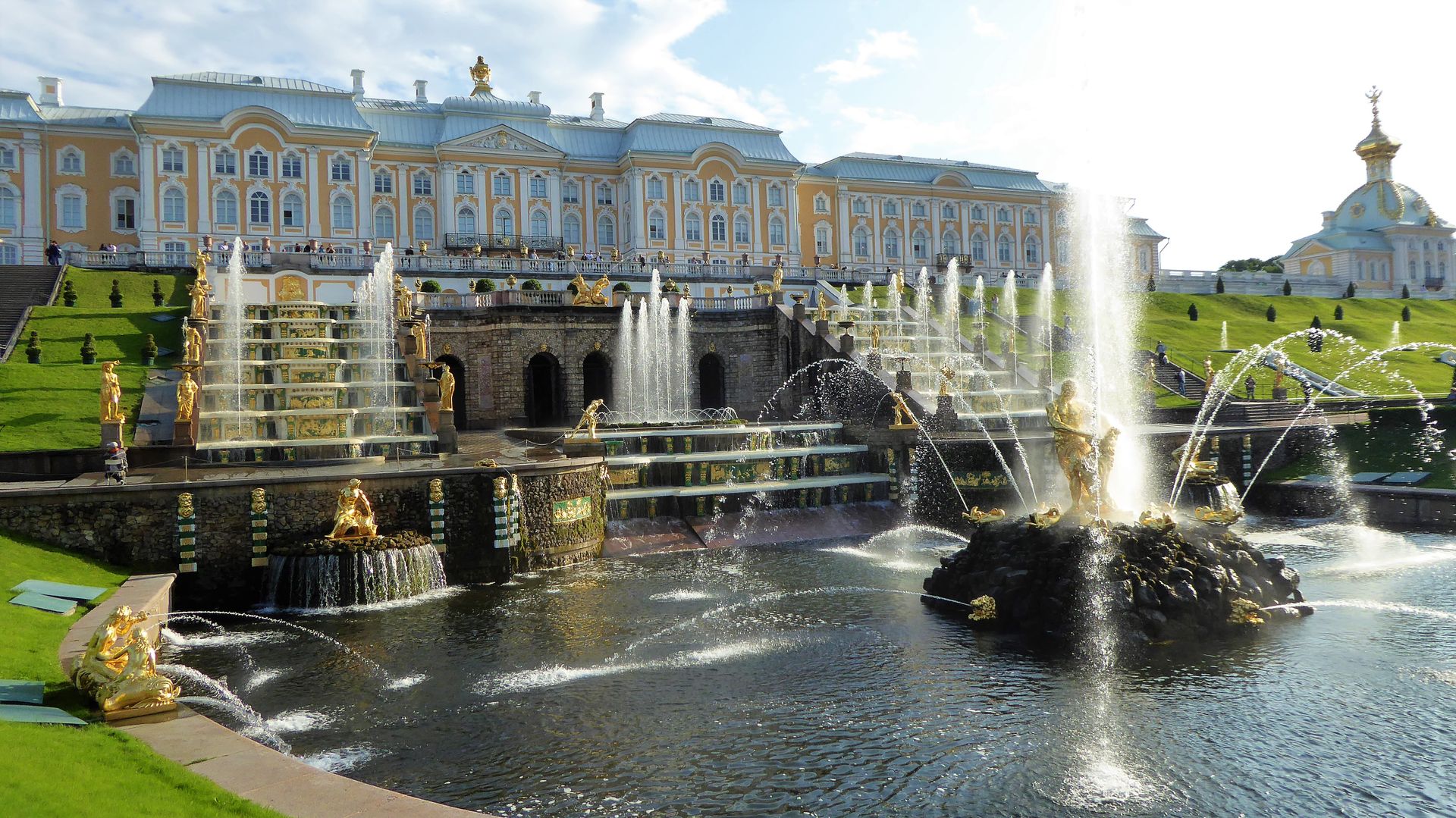
So he went into the palace and found only one cash register and a rather bored cashier. He asked cautiously for a ticket for the Peterhof Palace. '1000 rubles' (= €14.10), the cashier said. Don Curry paid, received his ticket - and was inside. No waiting time! No queueing! Where was the catch?
There was none. Although the palace was crowded with guided groups, Don Curry seemed to be the only individual tourist in the palace. He didn't mind, there were no ladies putting on CDs especially for him. He just swam along with the groups, allowed them to pass when he wanted to take more photos - and thus had a completely relaxed palace experience. However, one thing became clear to him as well: 3 palaces in 3 days - that's enough for a long time.
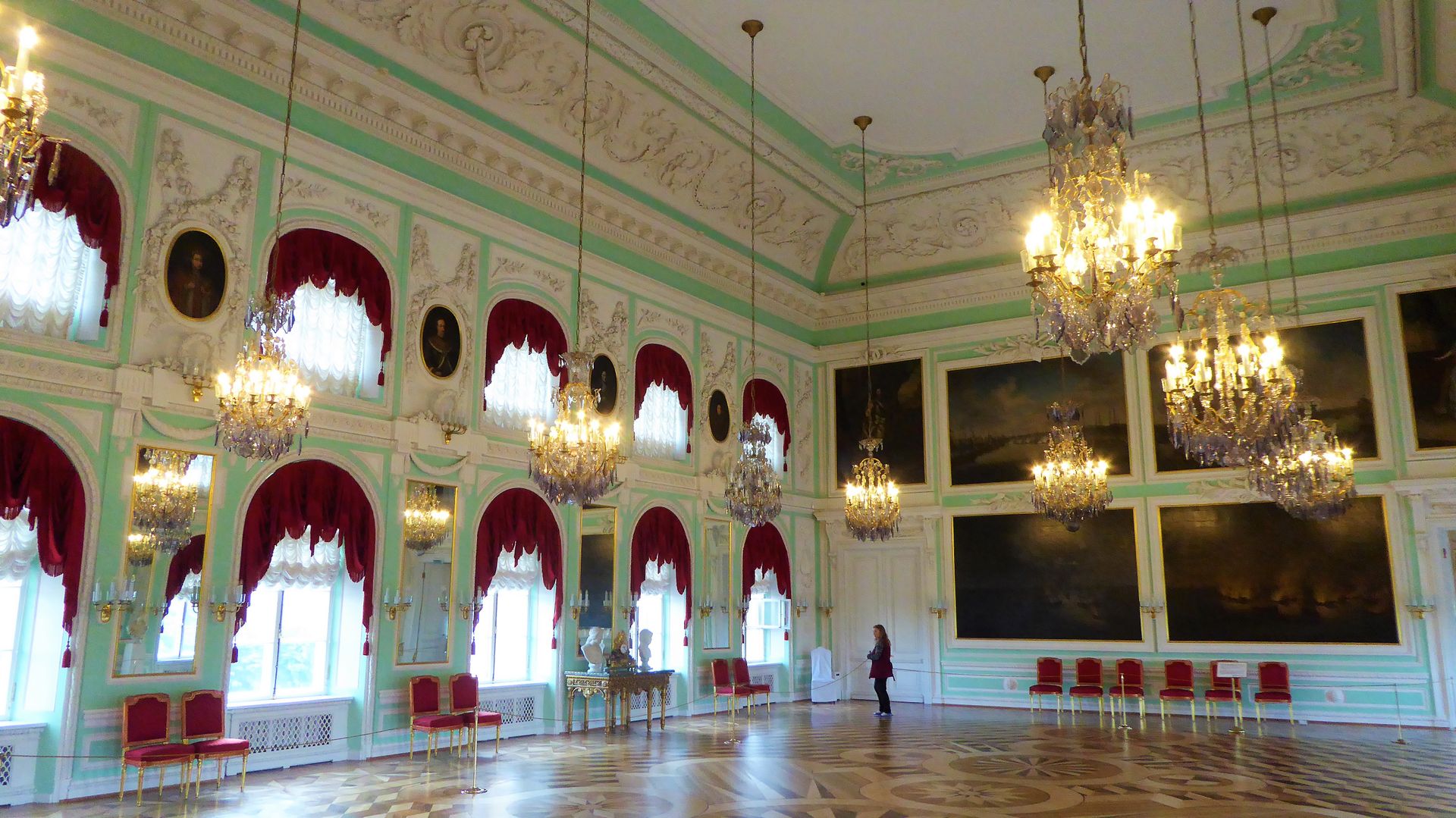
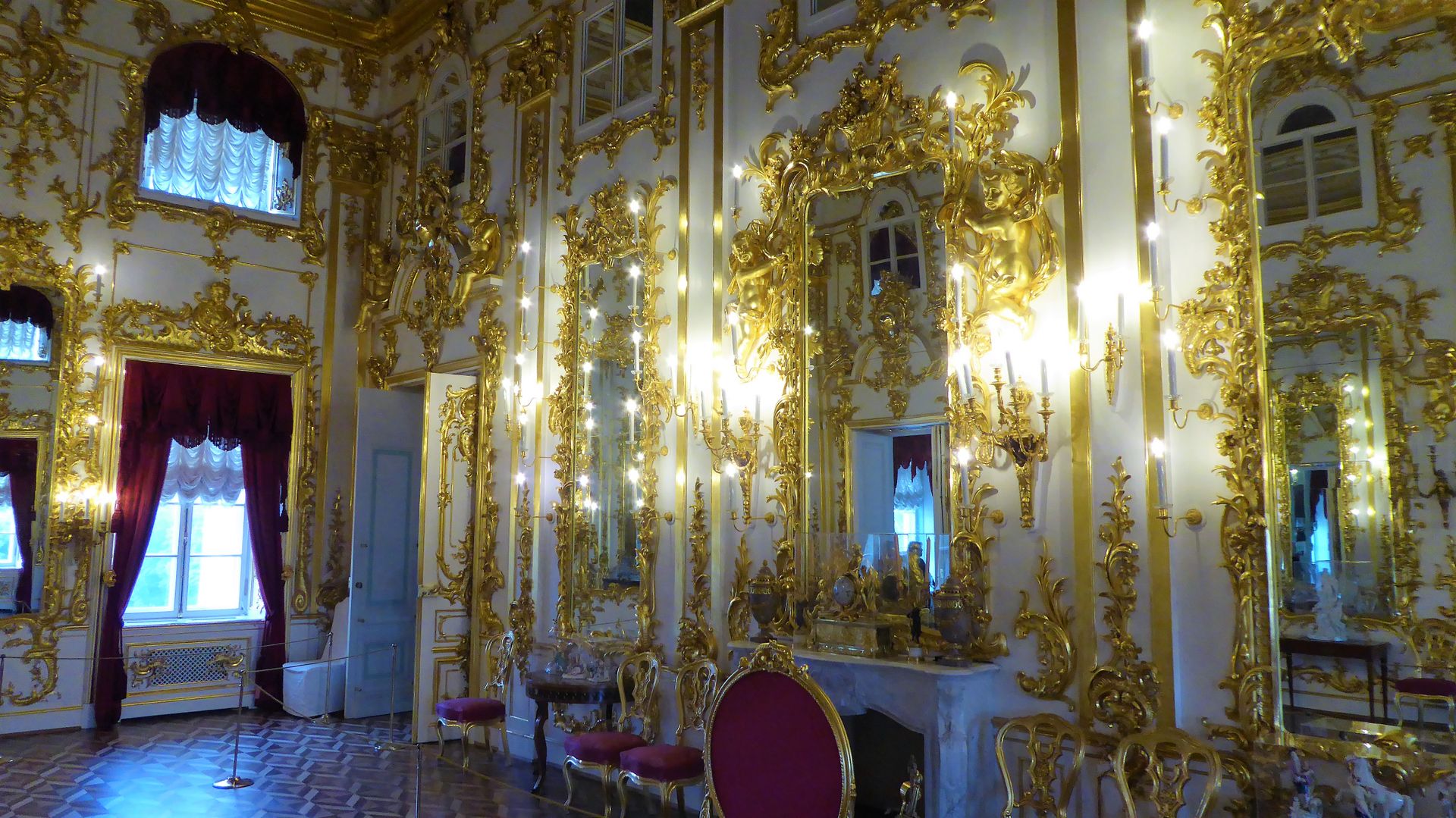
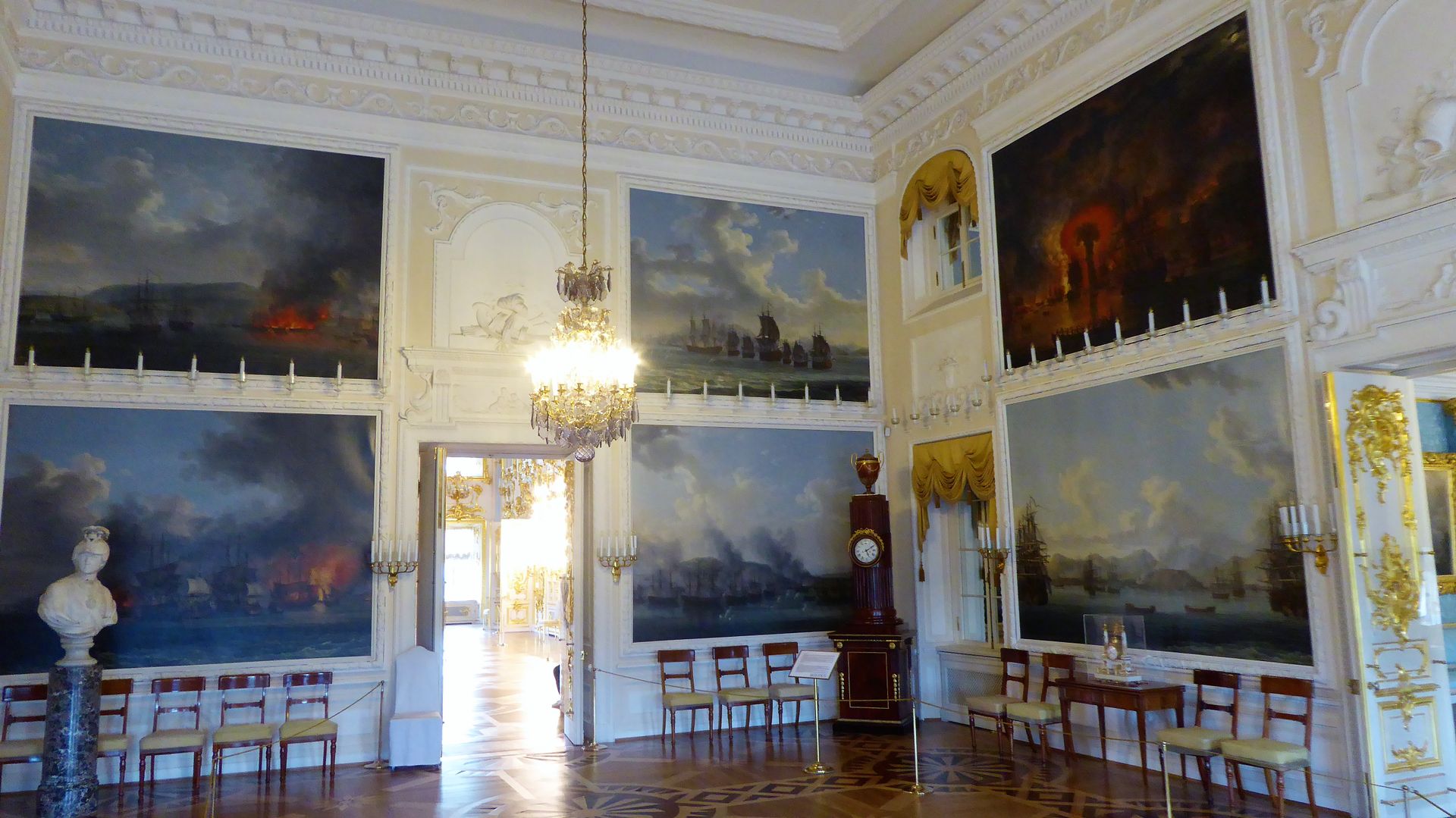
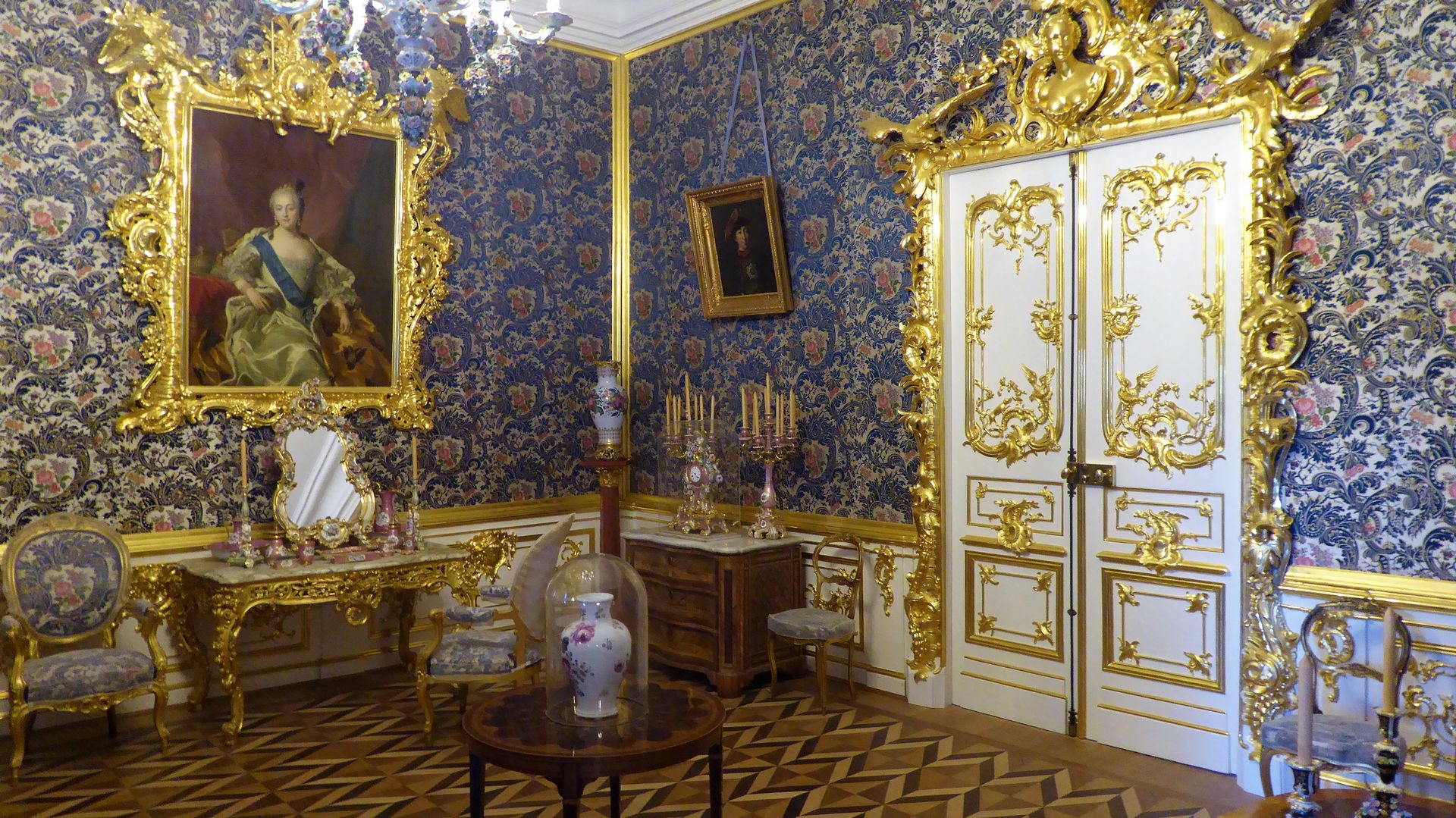
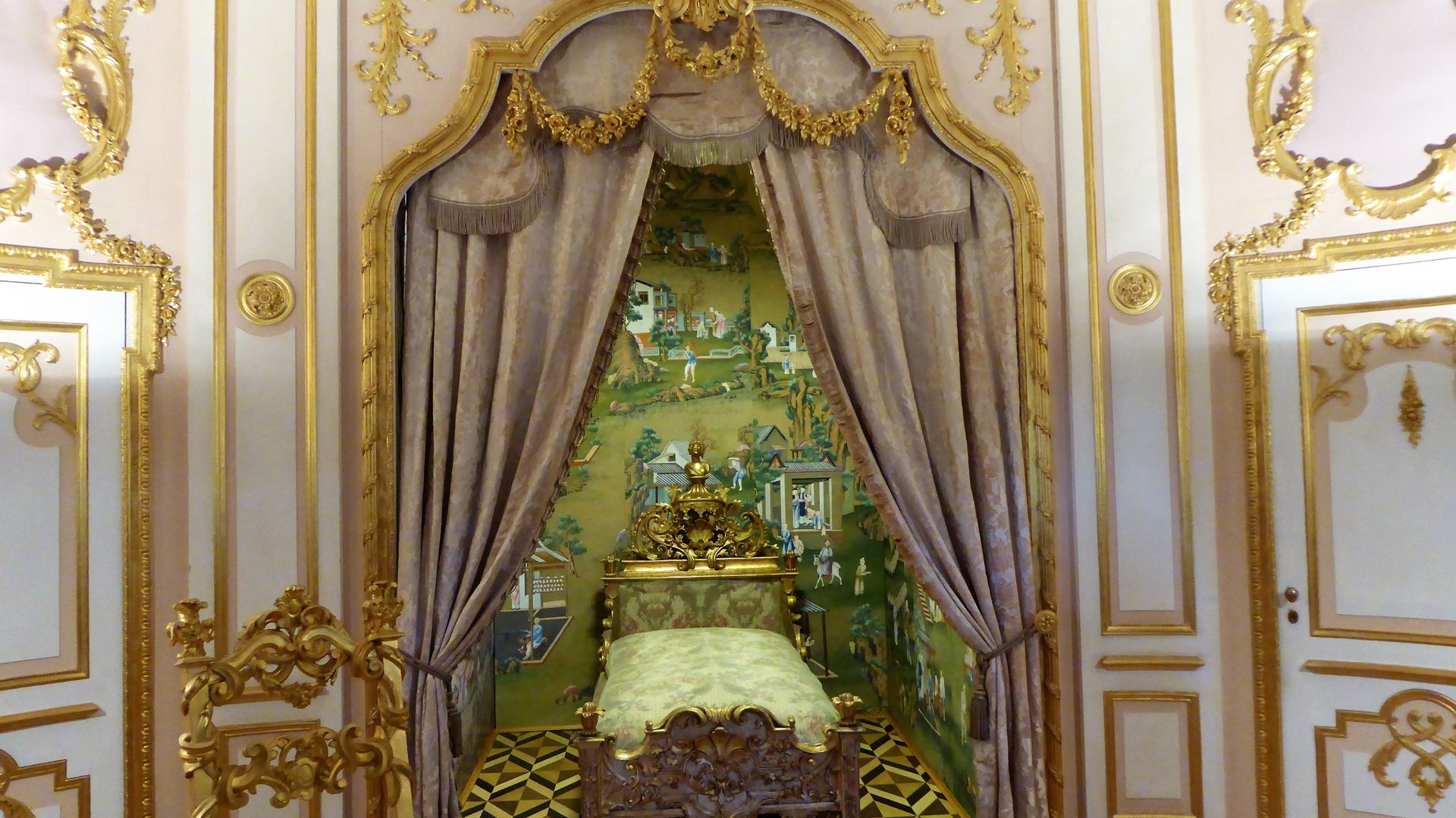
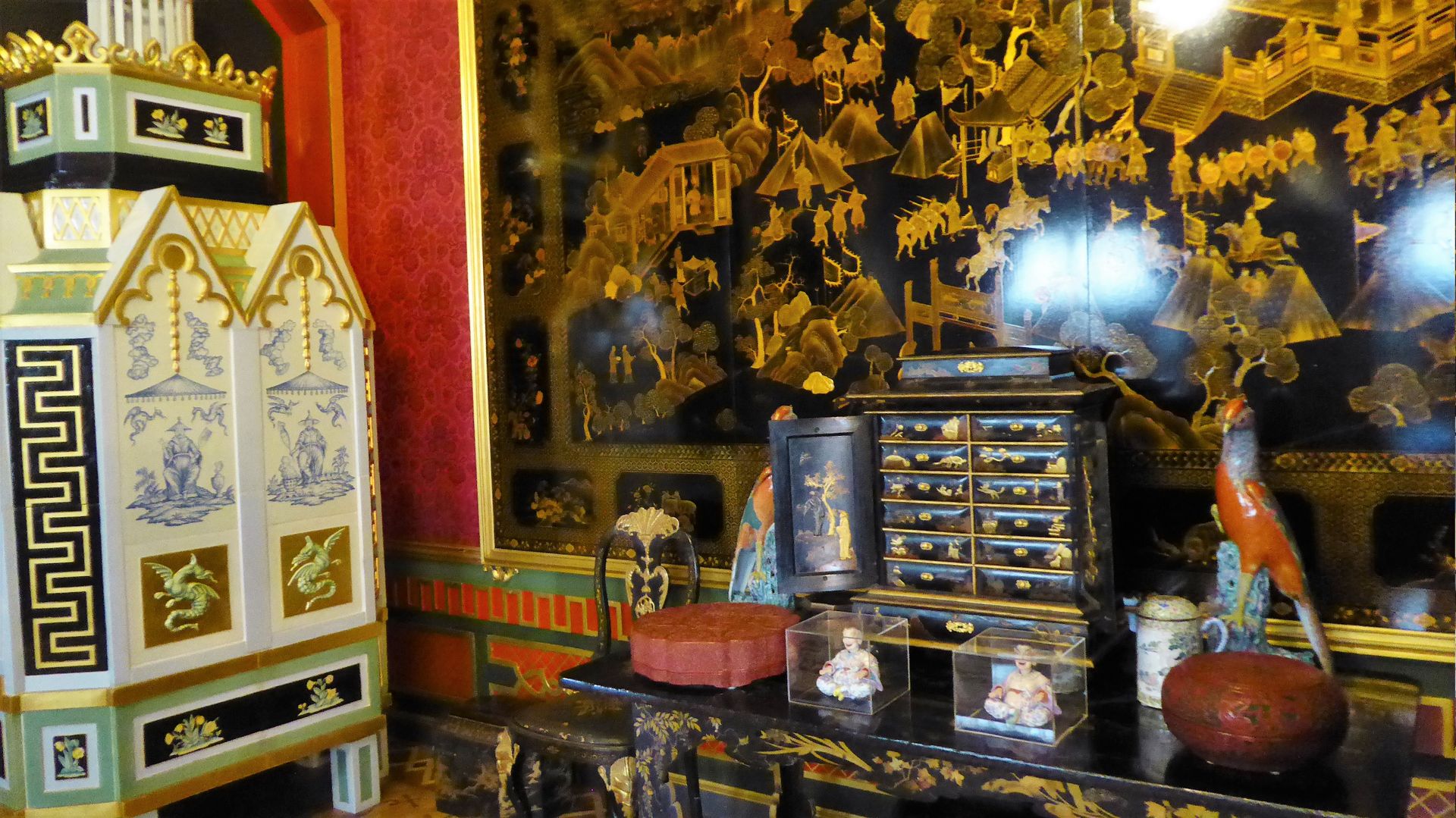
In the palace garden, he enjoyed an overpriced ice cream: 2 scoops with a cone = €6.40.
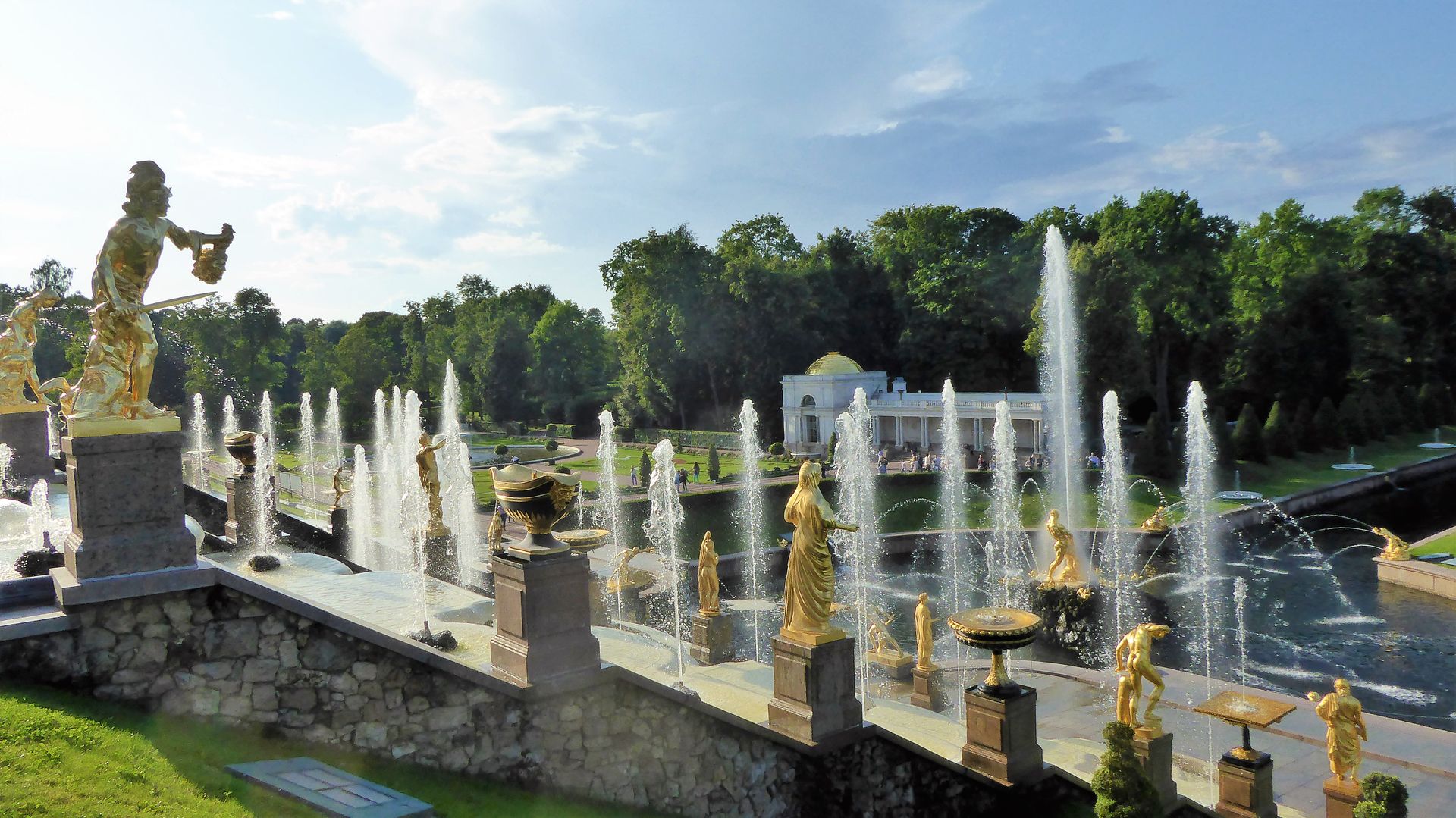
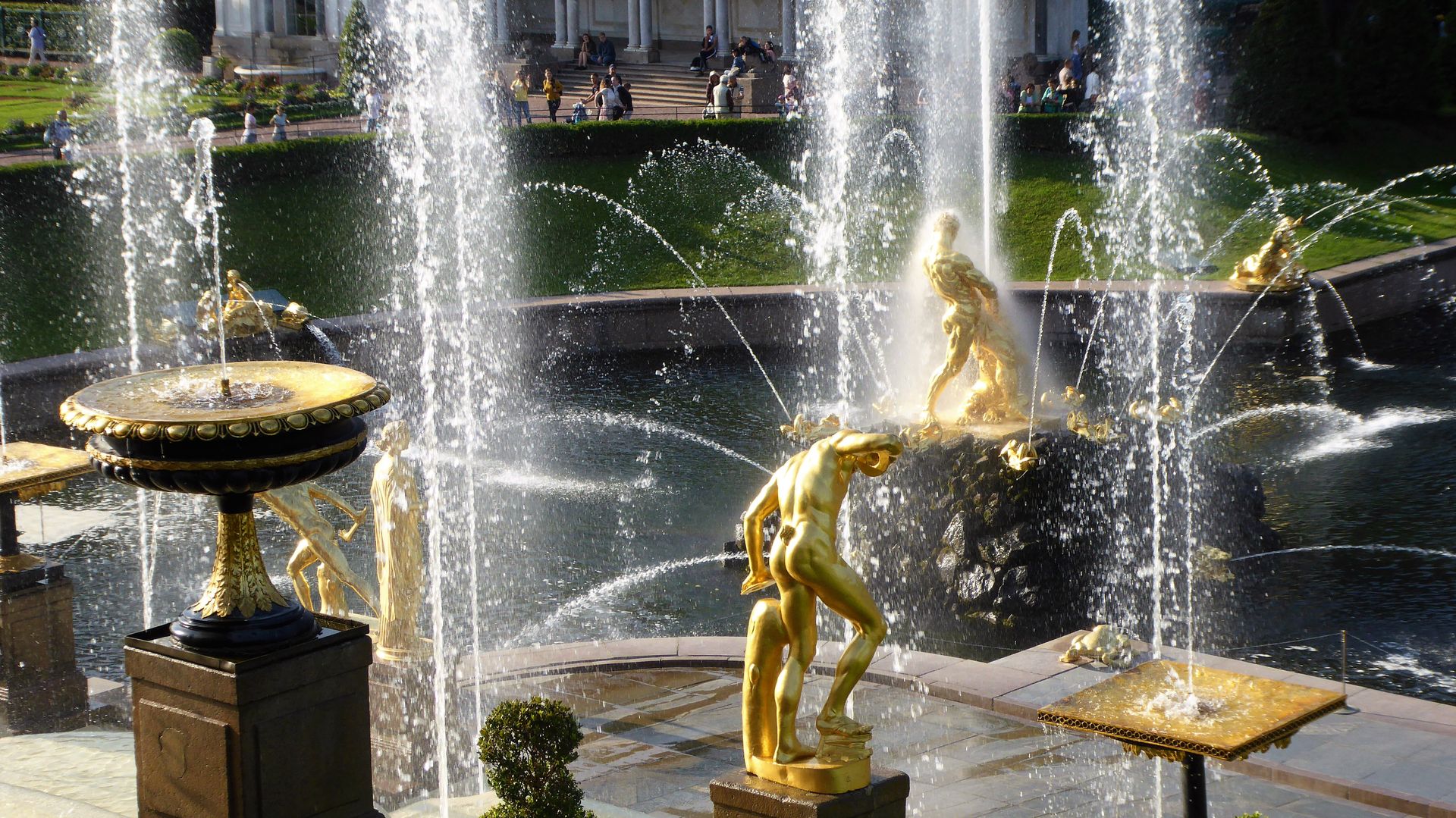
And he enjoyed a pleasant dinner in the hotel restaurant: a good borscht, a baked pikeperch on fried potatoes under a peculiar tomato and egg béchamel topping, and a glass of regional draught beer: an unfiltered Peterhof Zwickel beer from the Baltika Brewery.
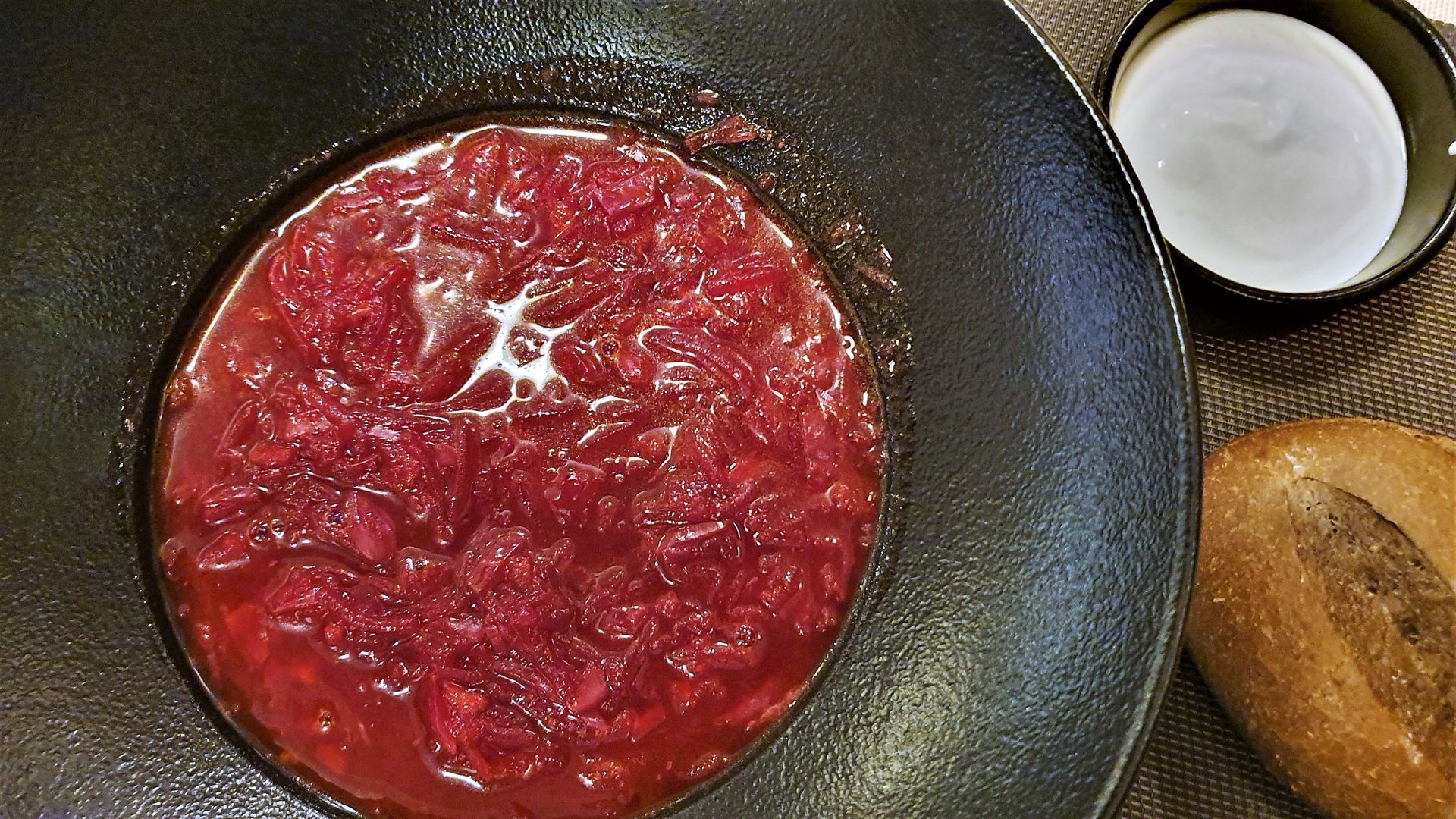
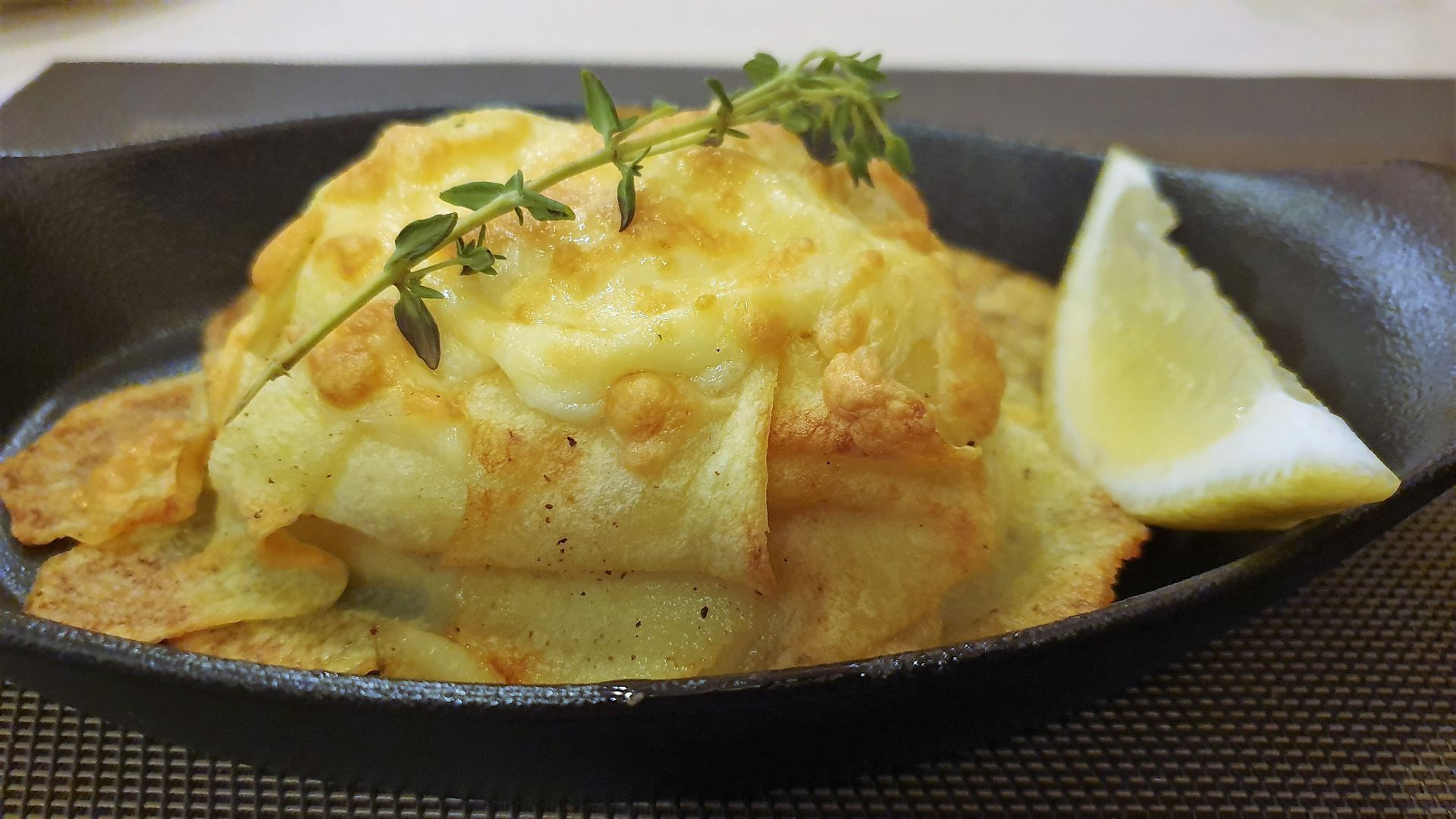
Traveling is always different than one expects, muses Don Curry. Sometimes the long-awaited queues are missing, and sometimes one oneself thoroughly disrupts the expectations of well-established museum ladies...
Pretplatite se na Newsletter
Odgovor
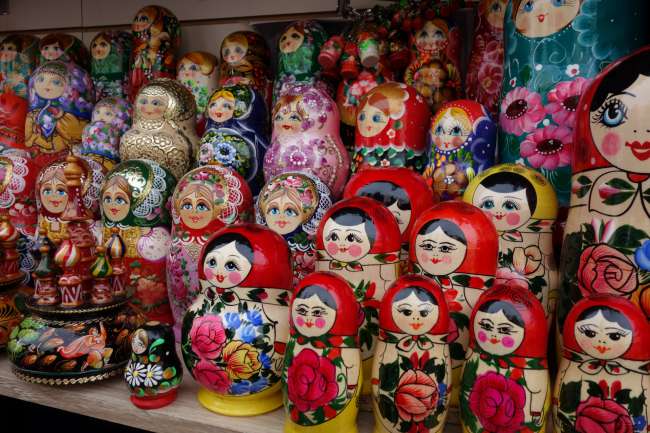
Izvješća o putovanju Ruska Federacija

